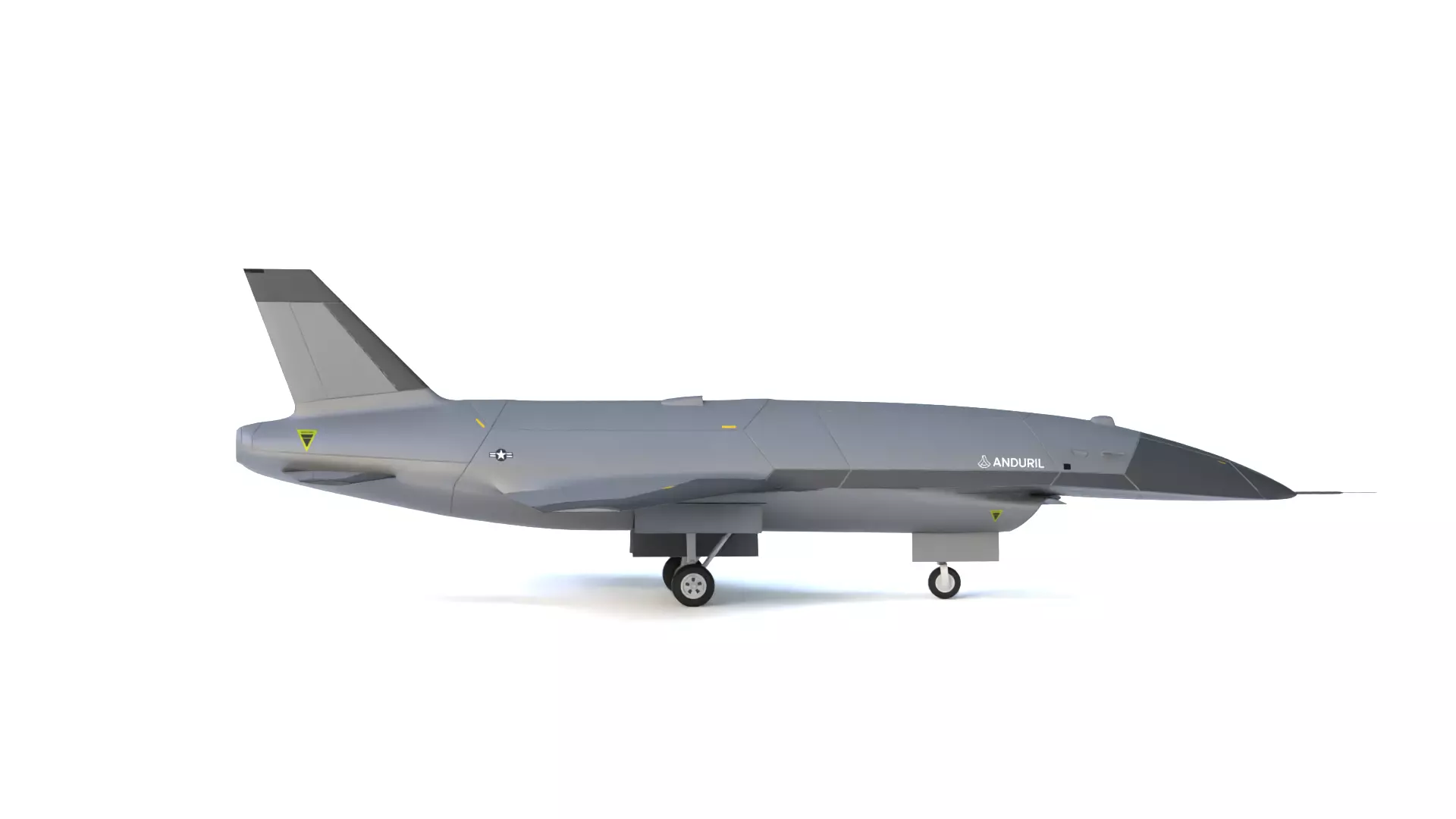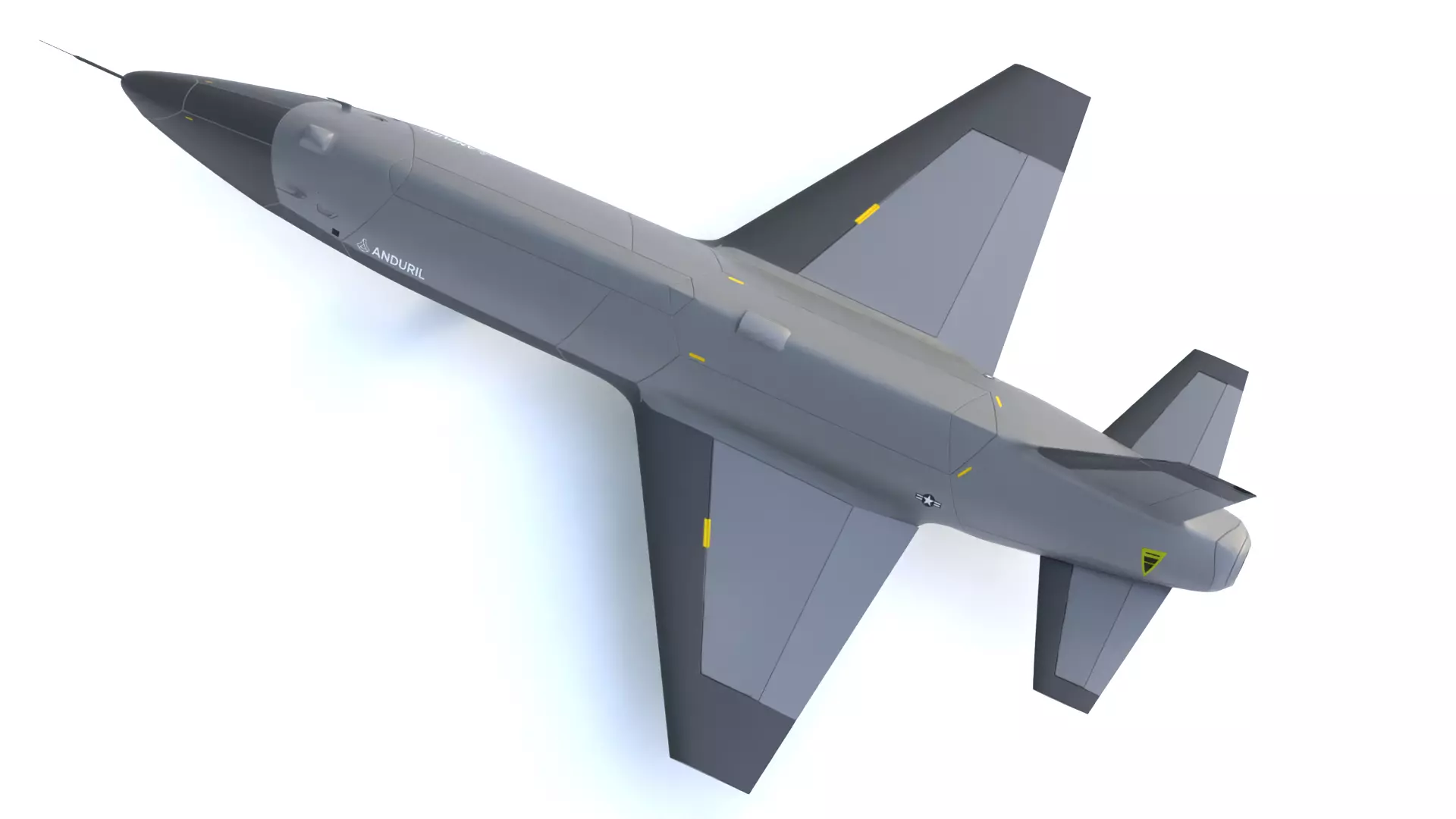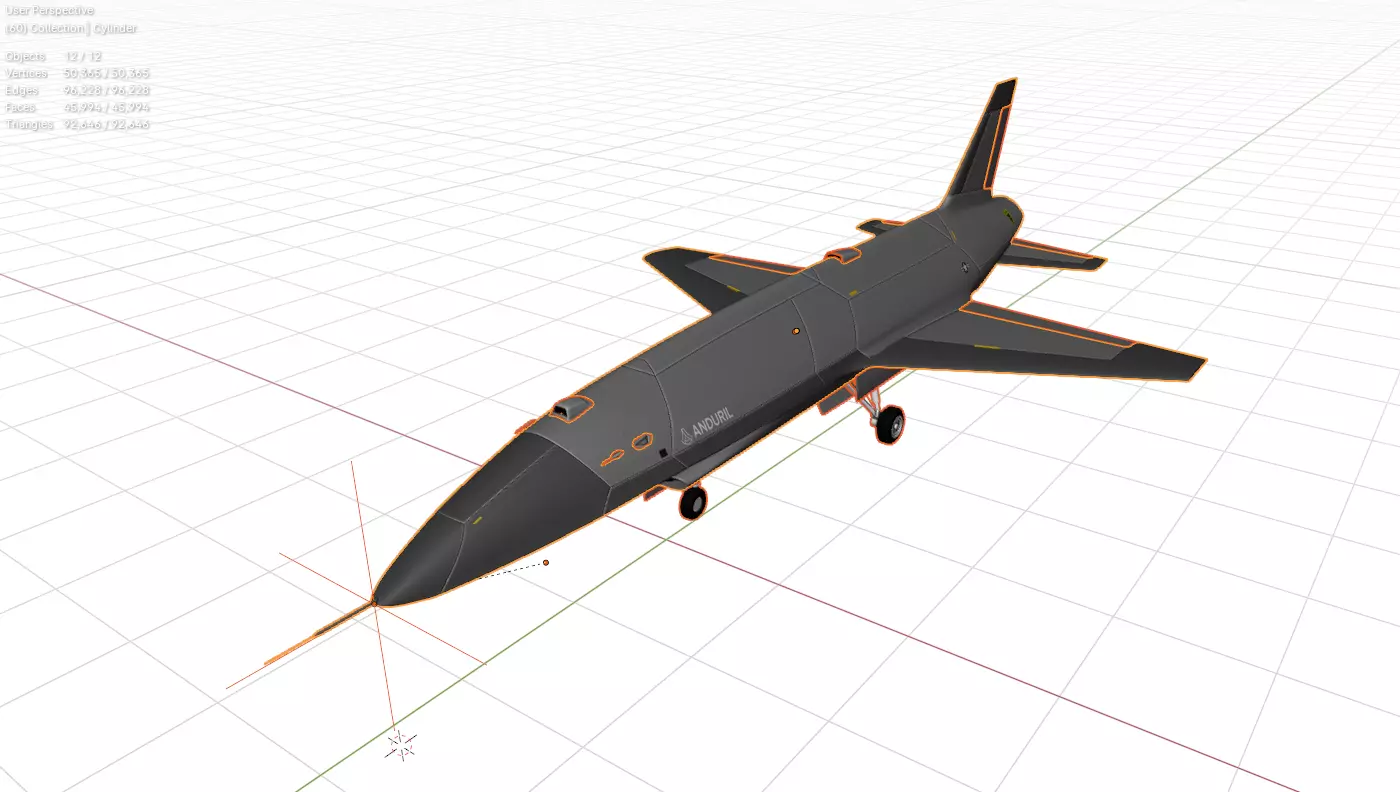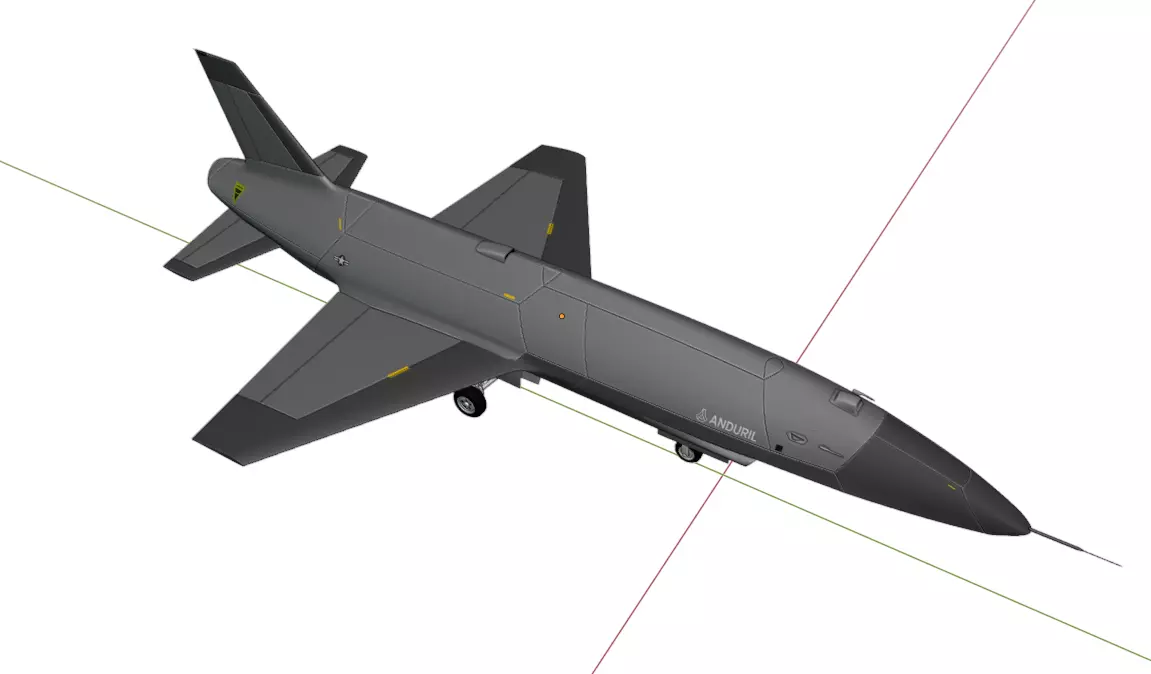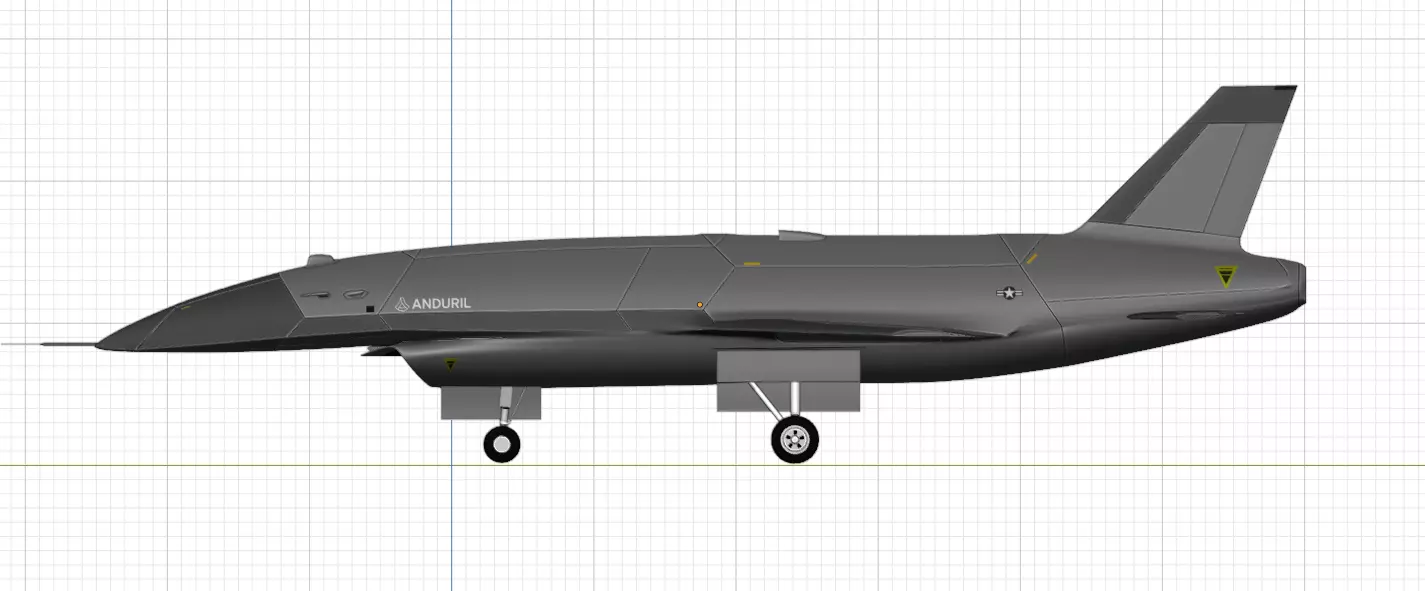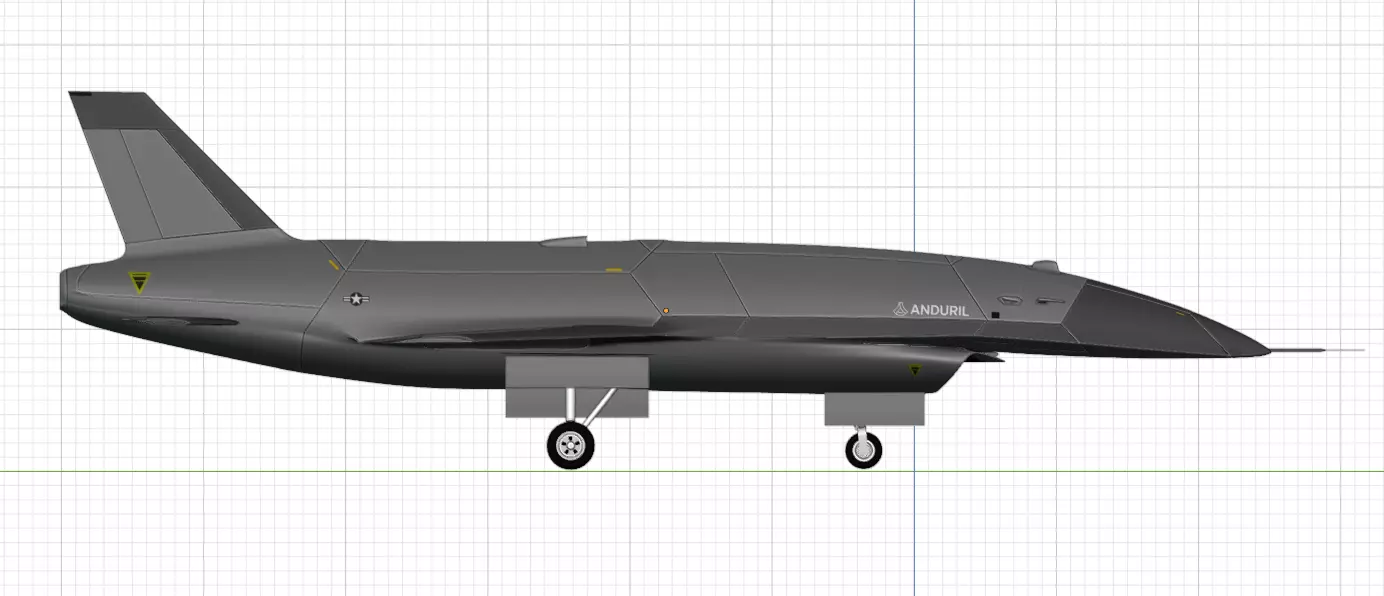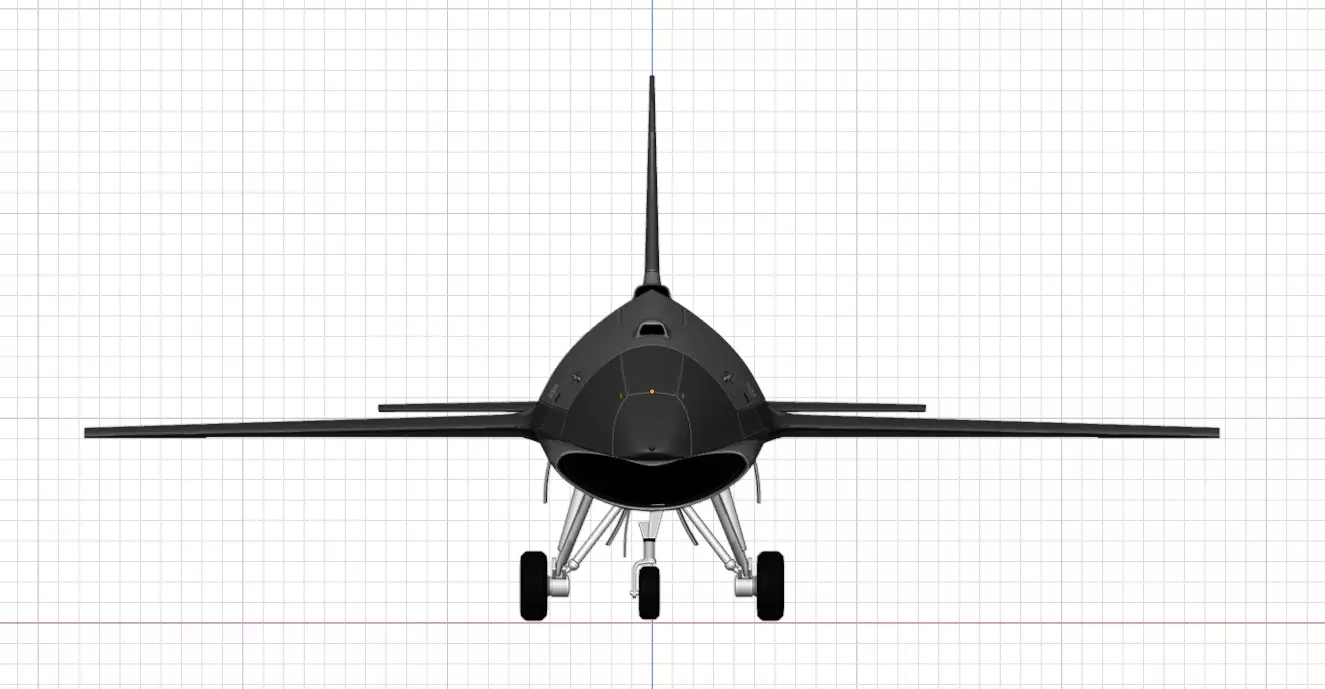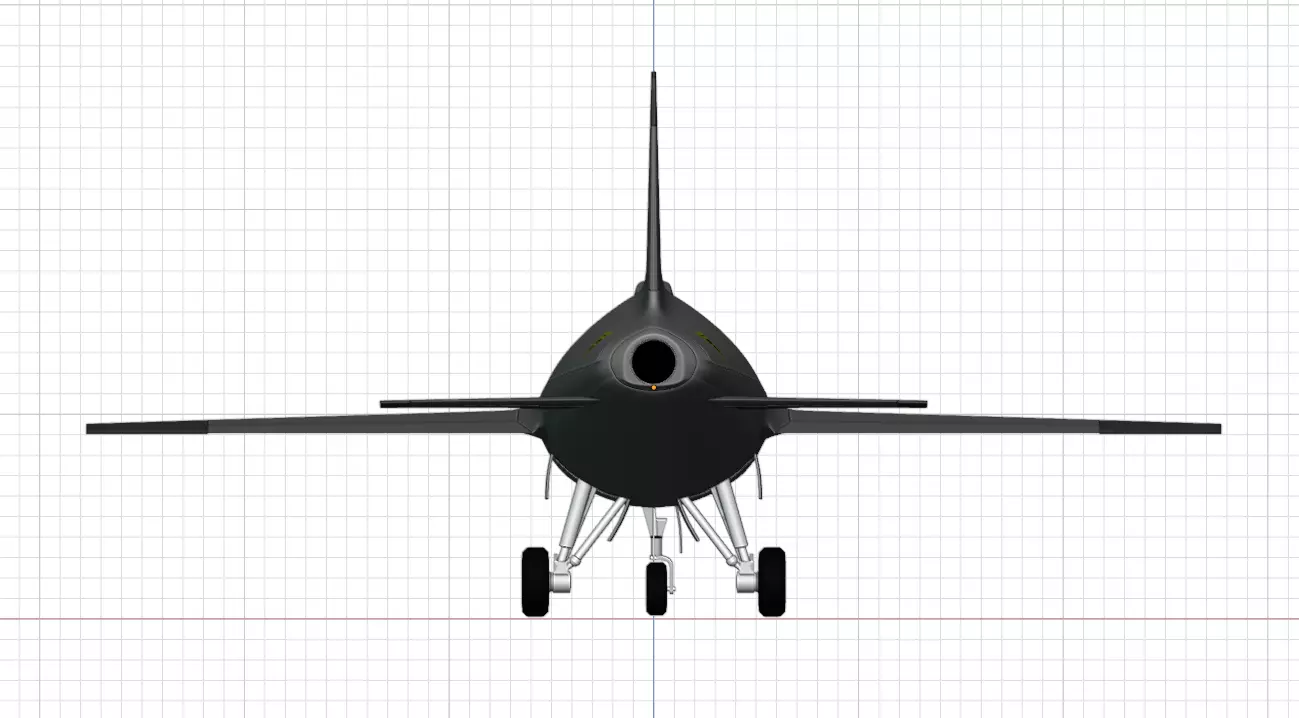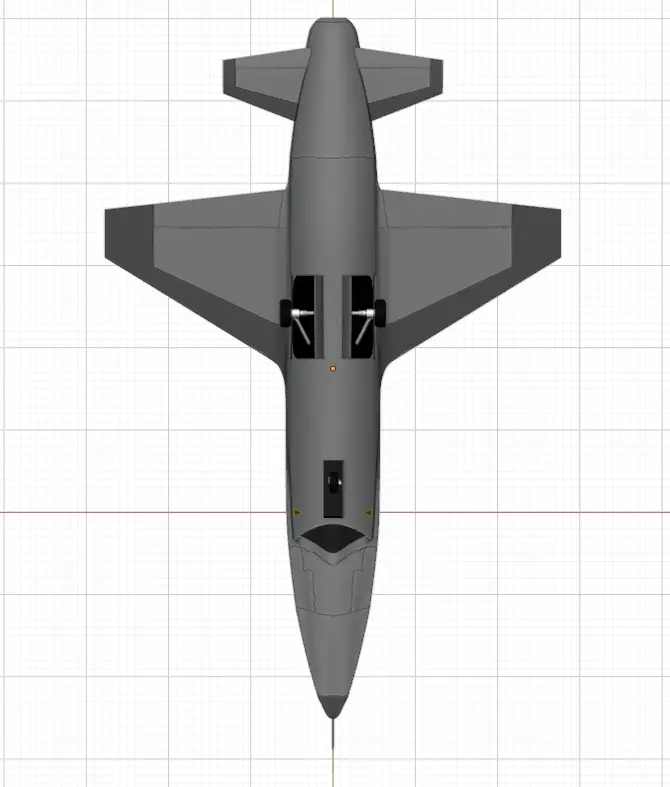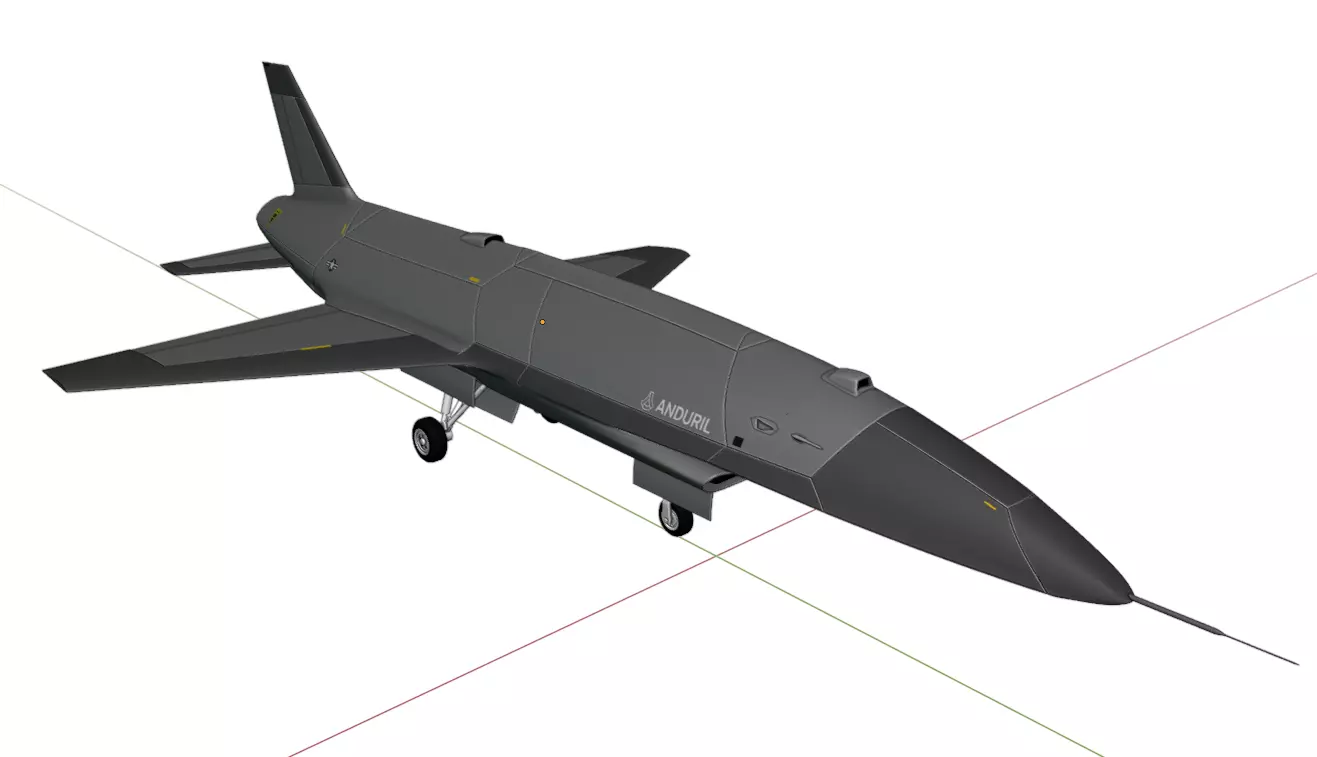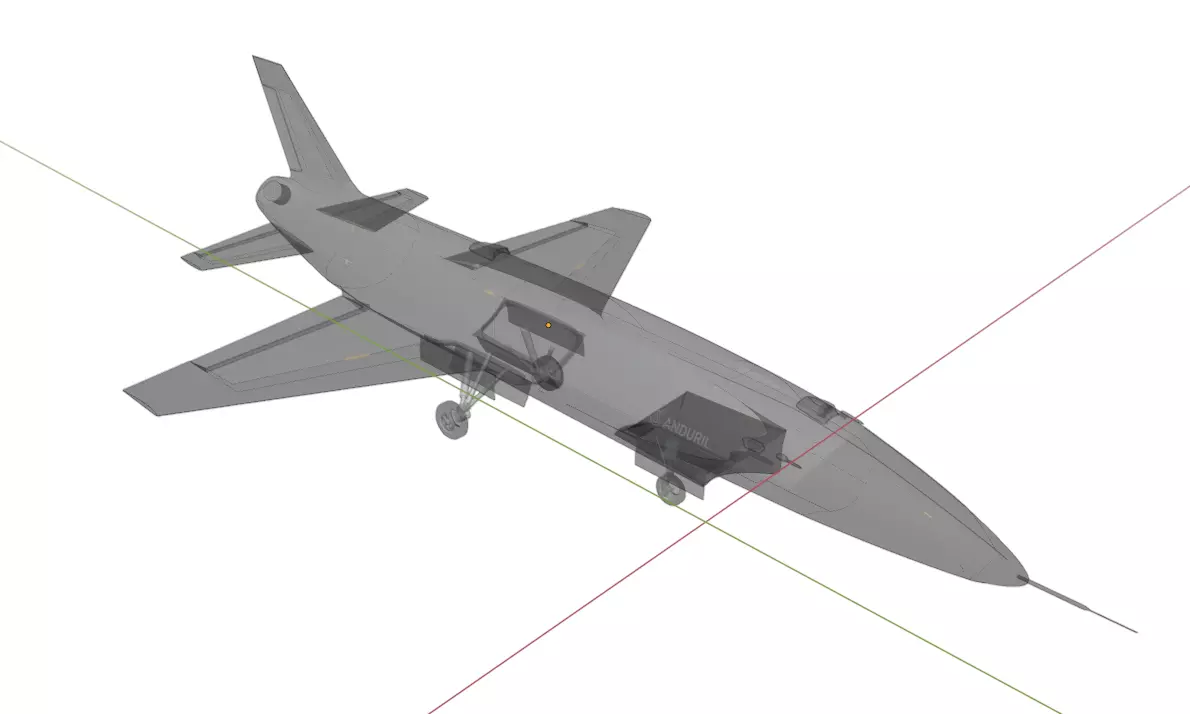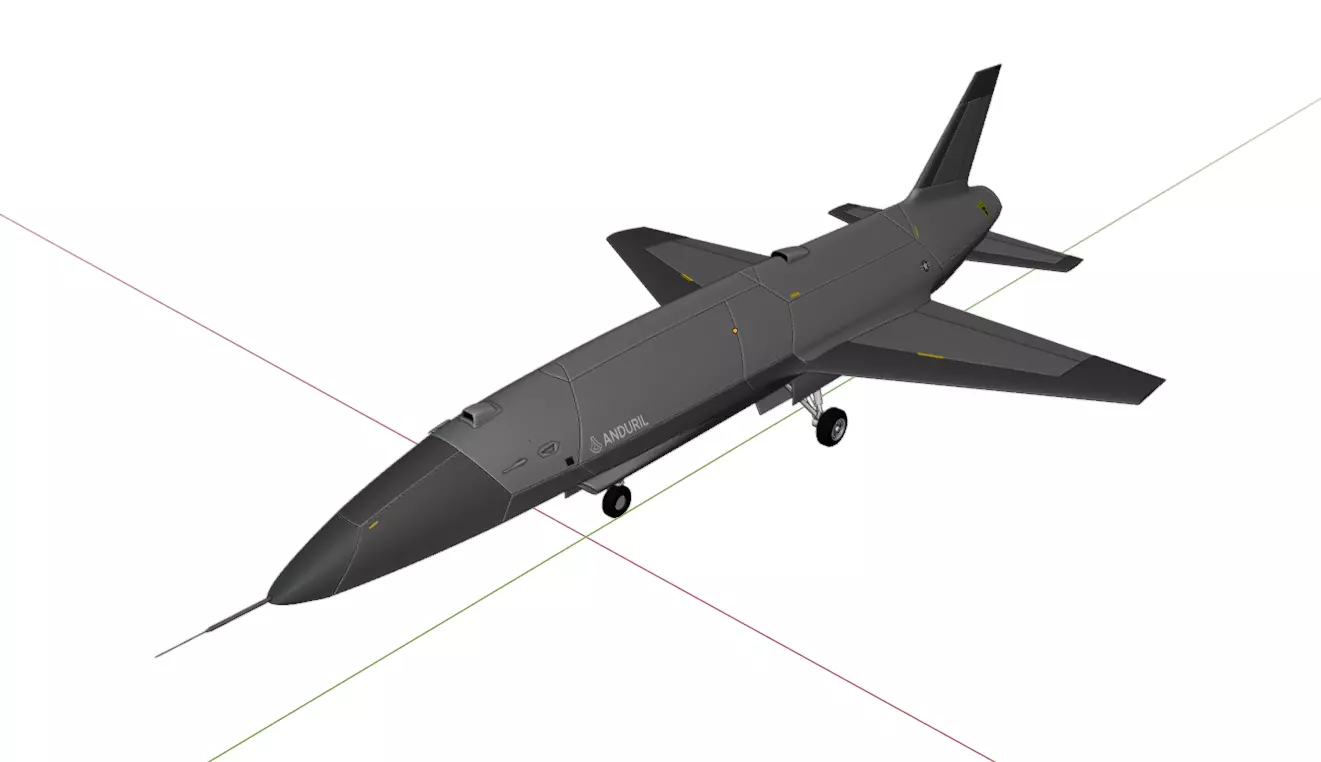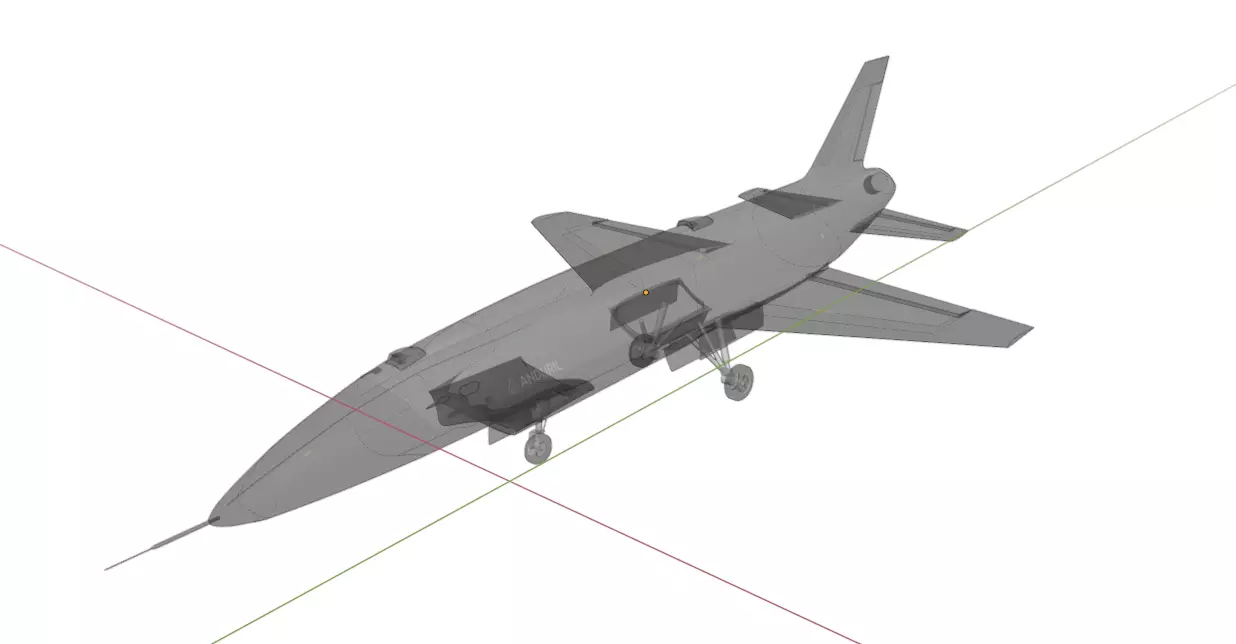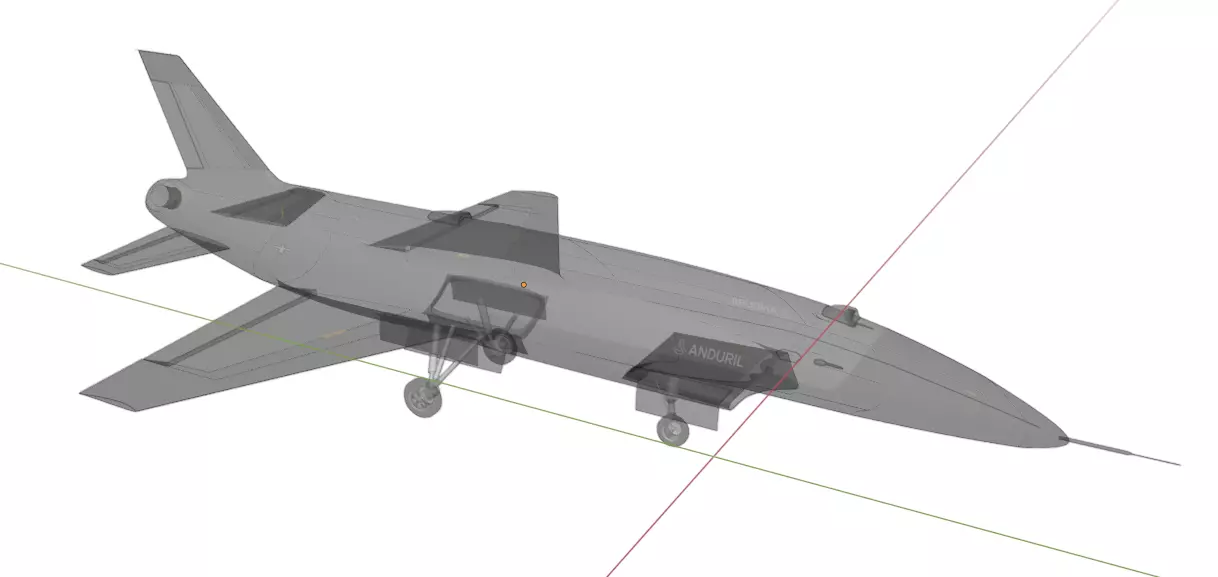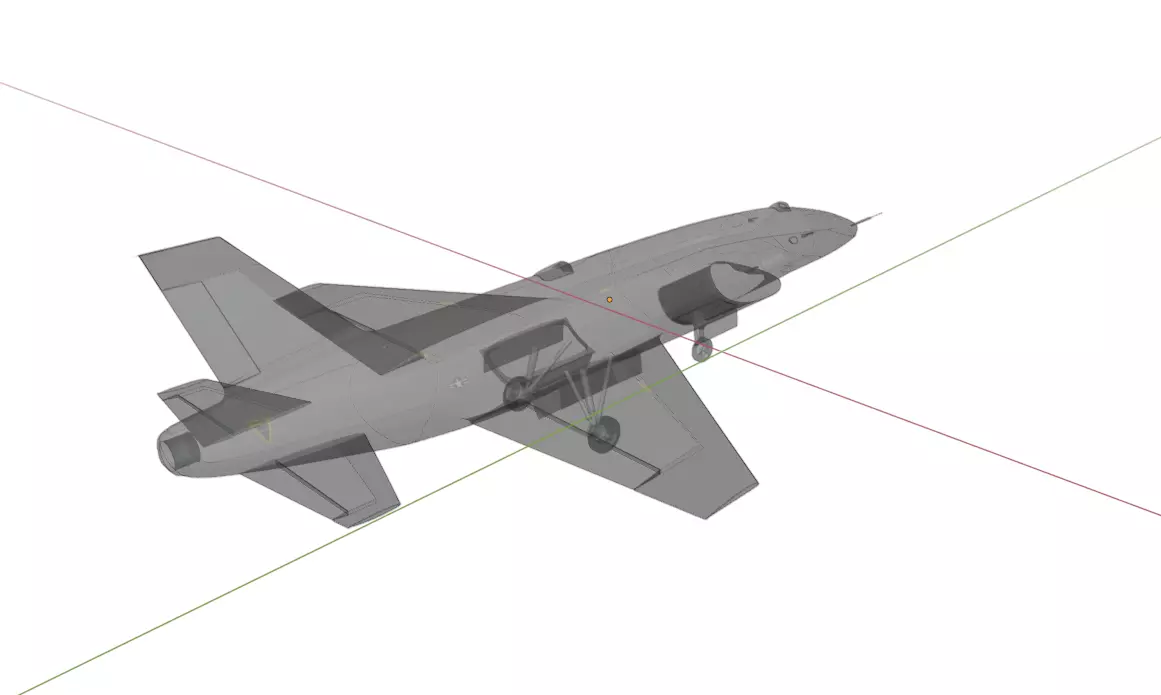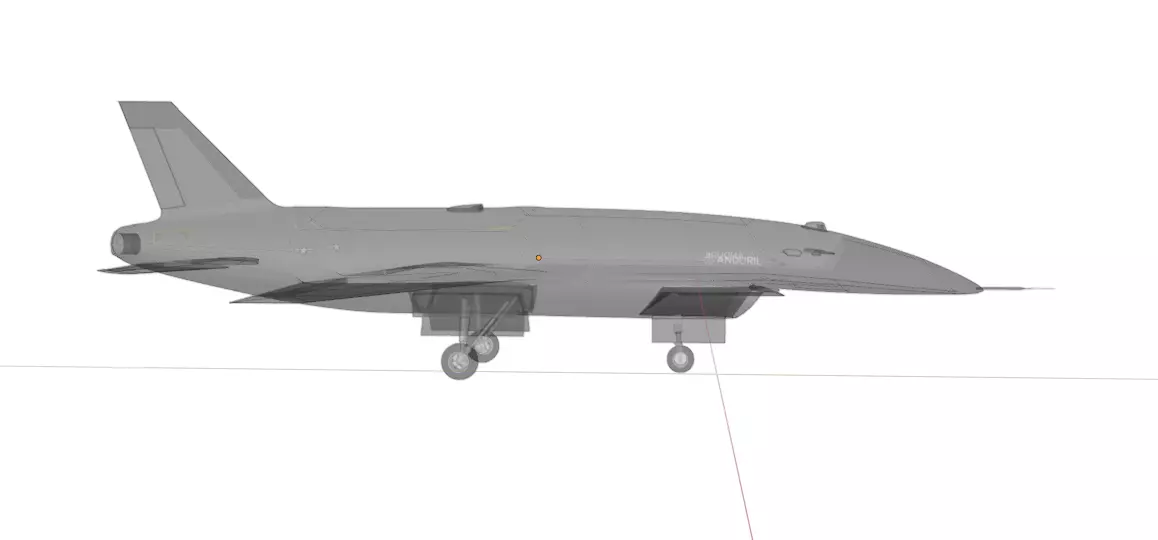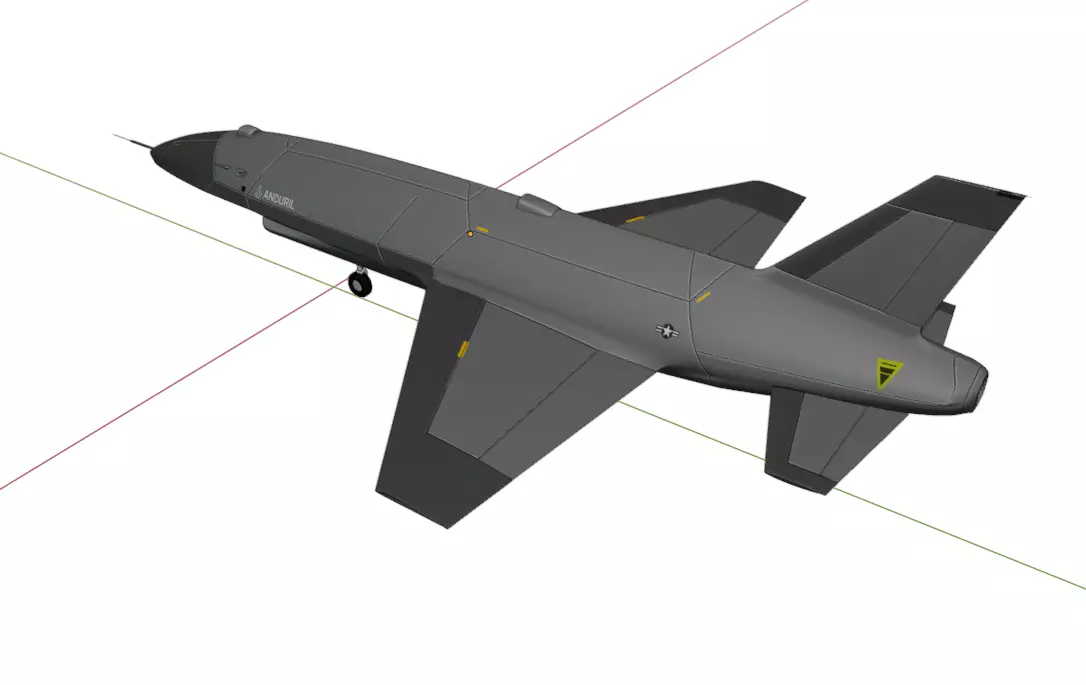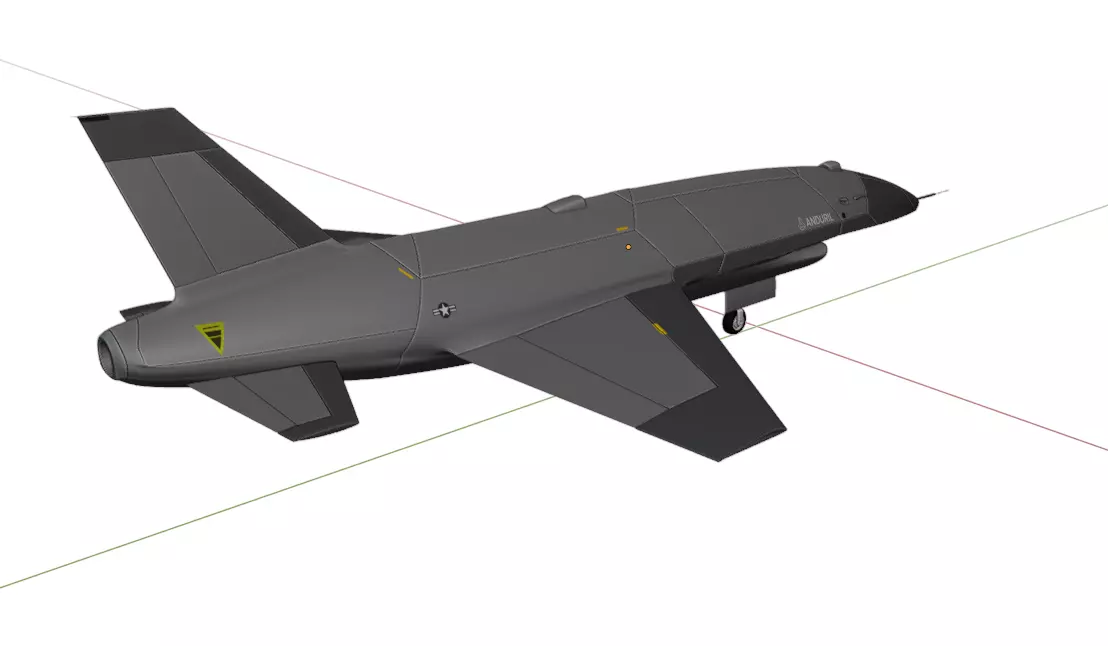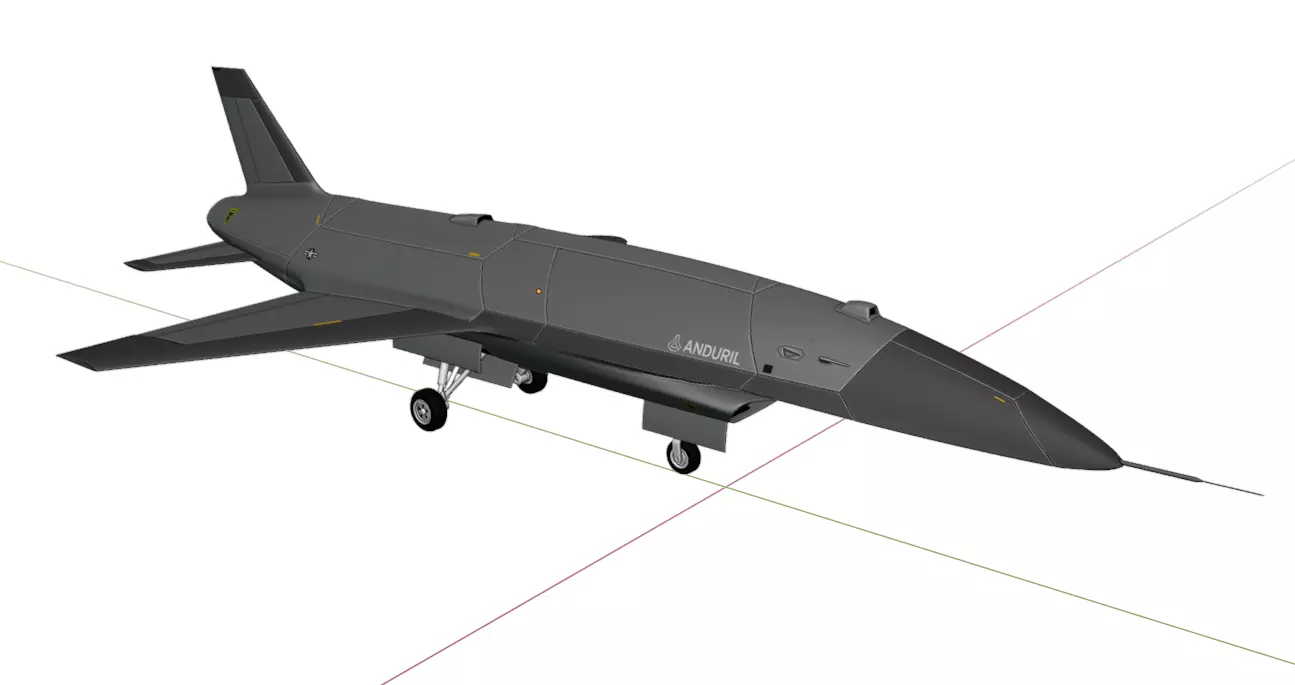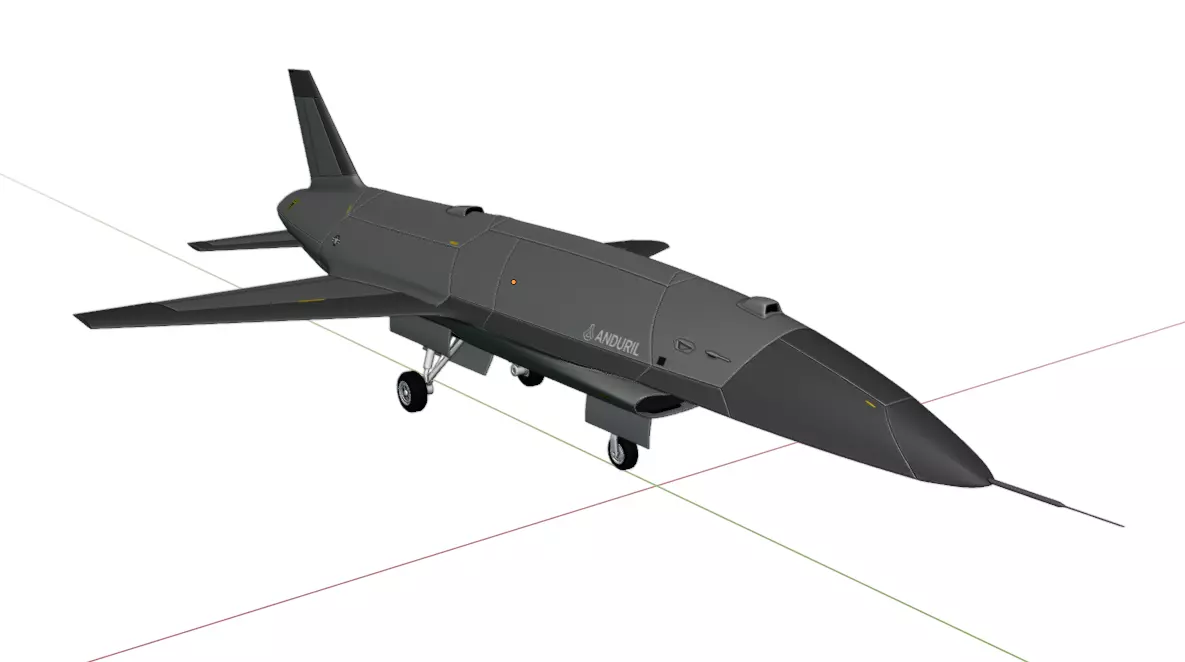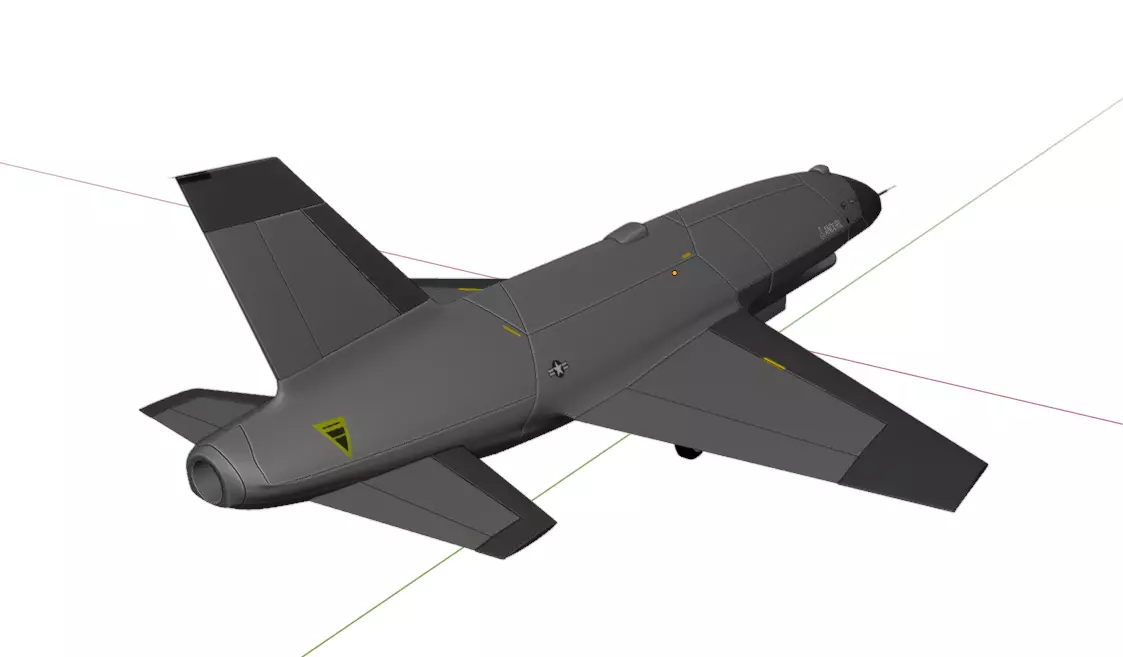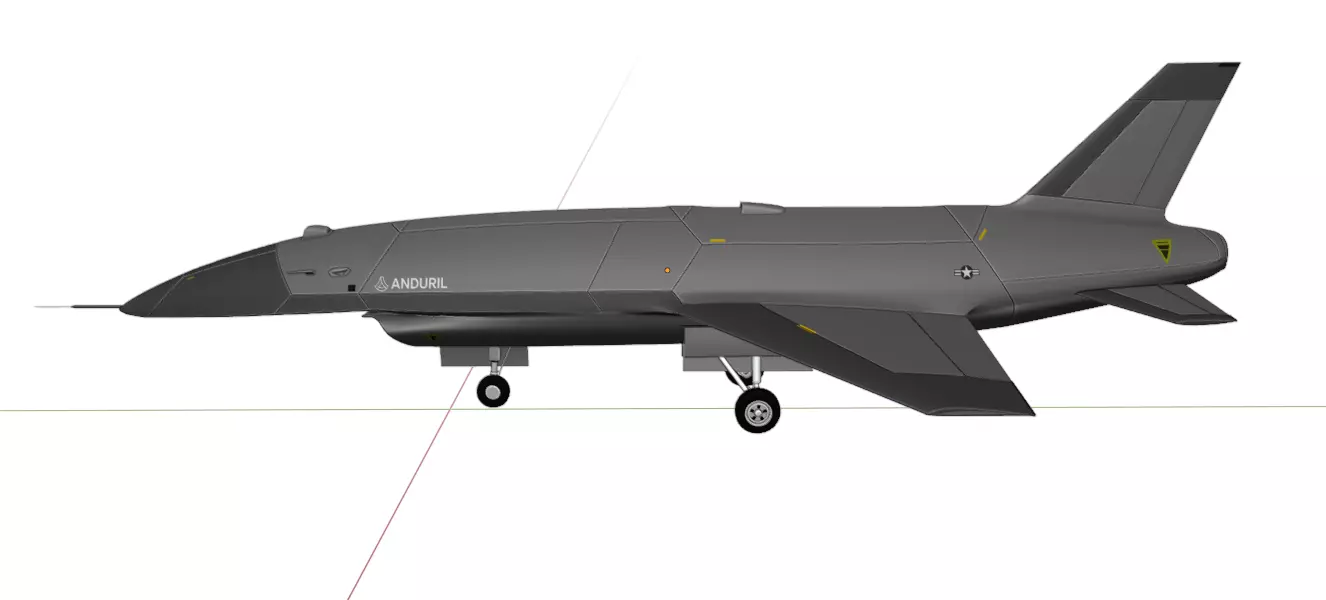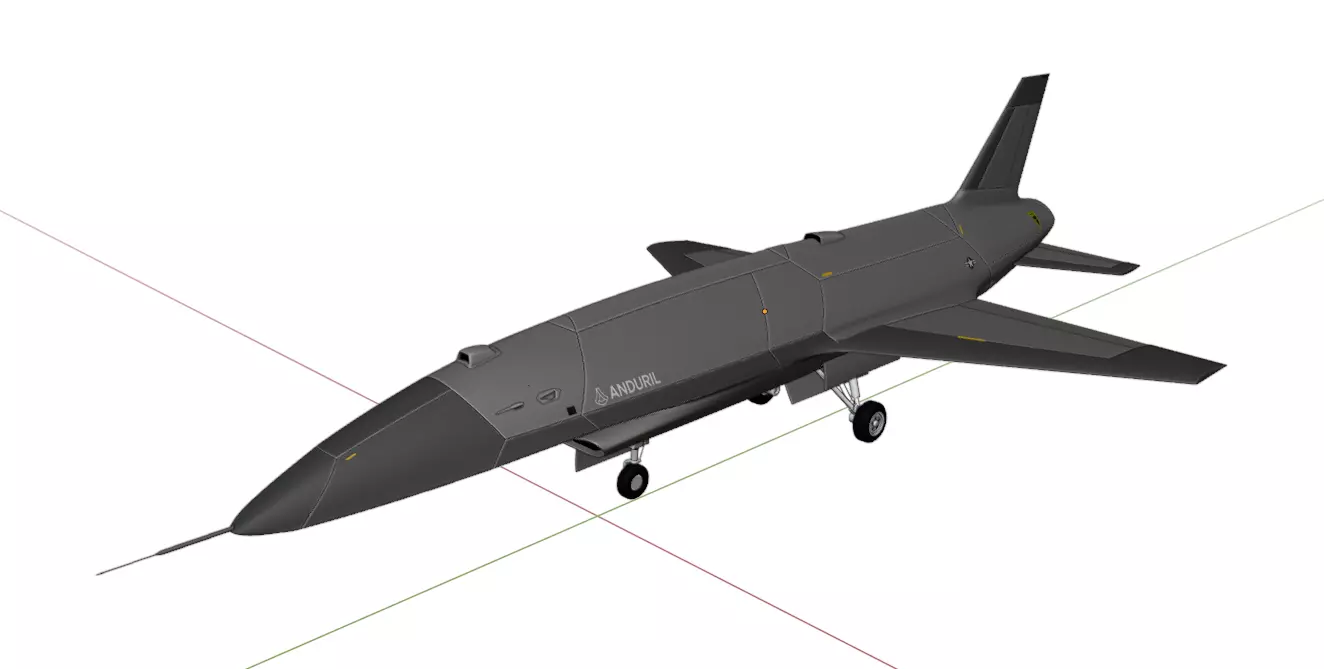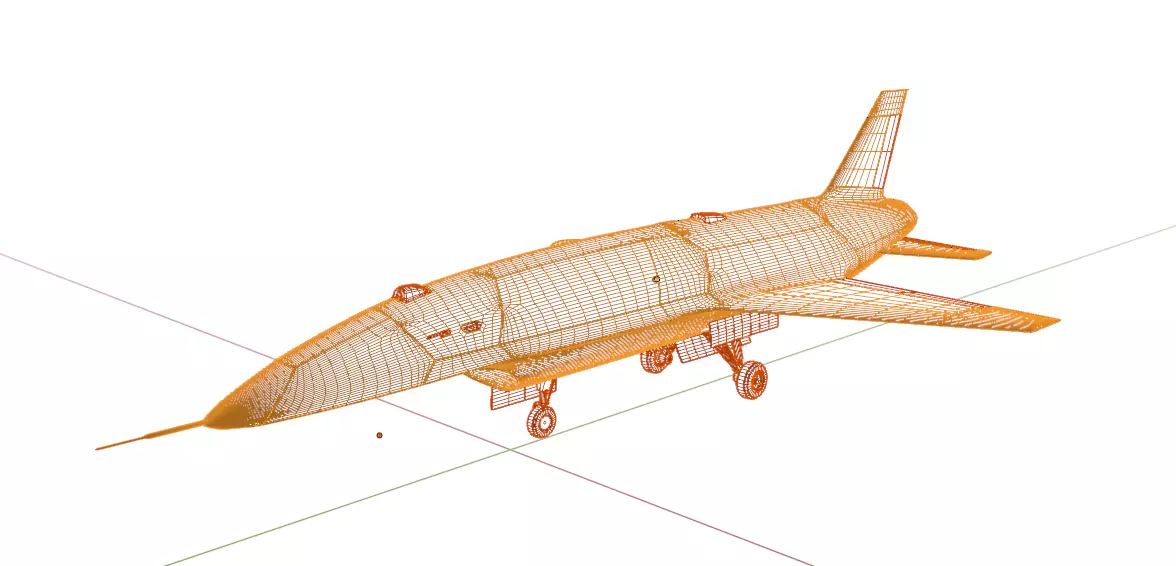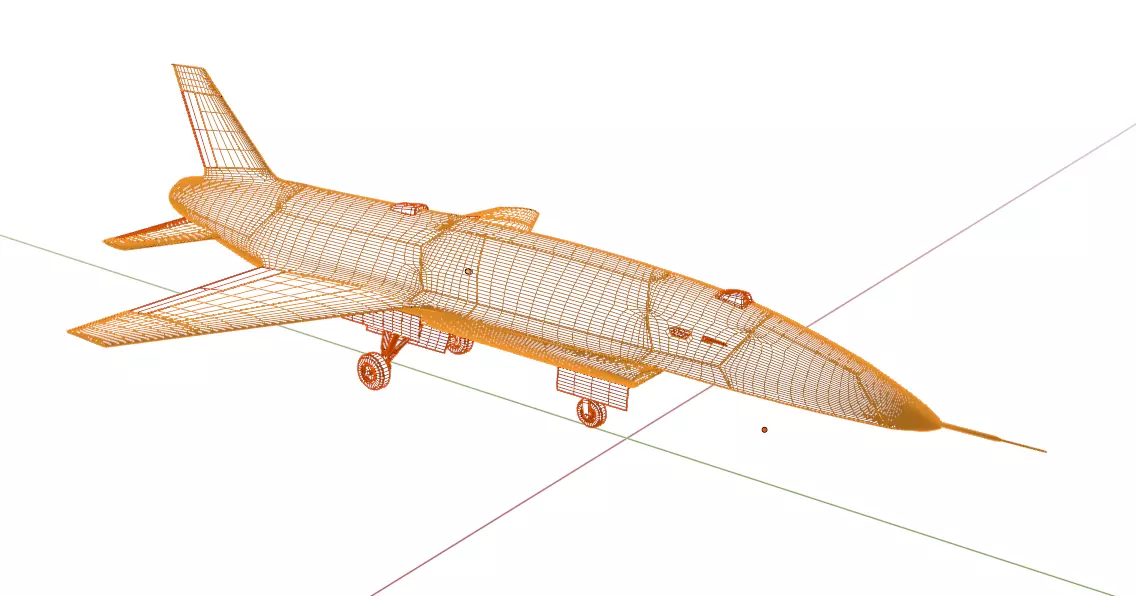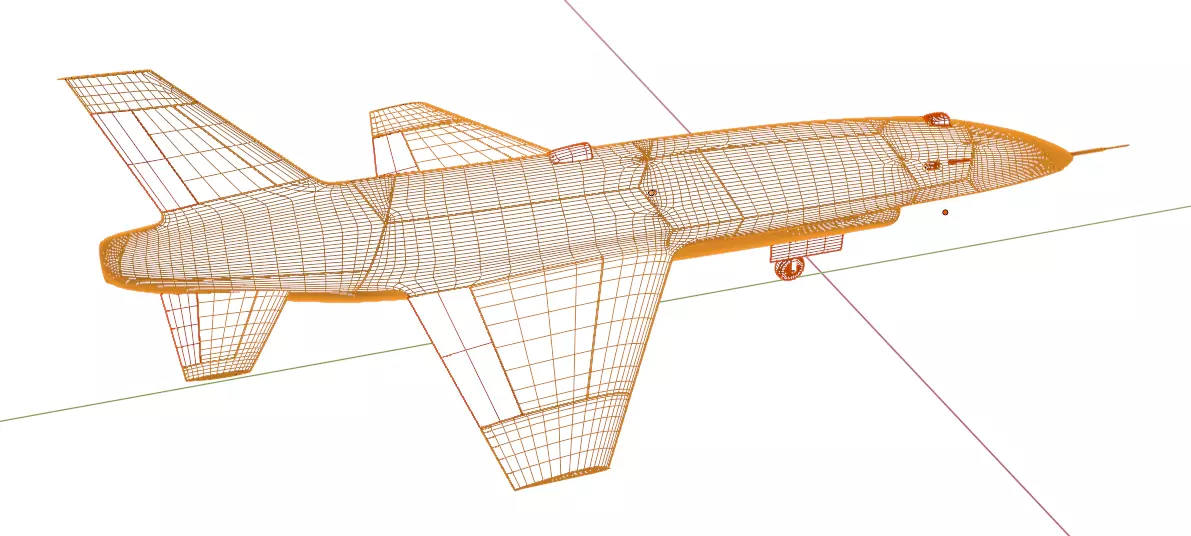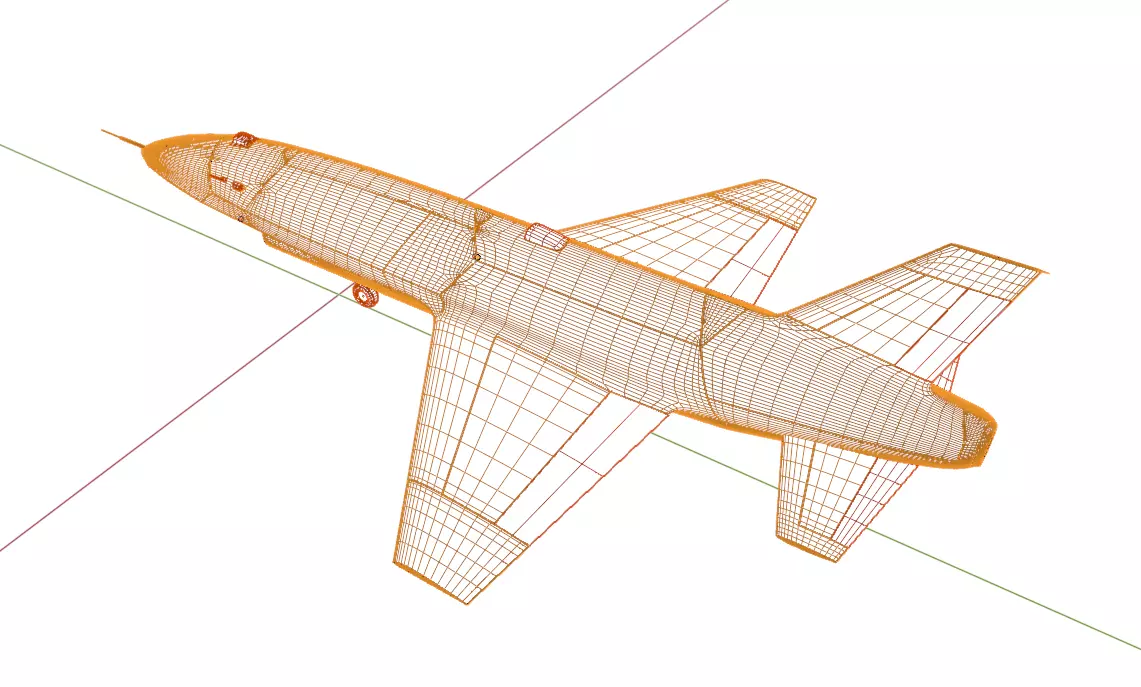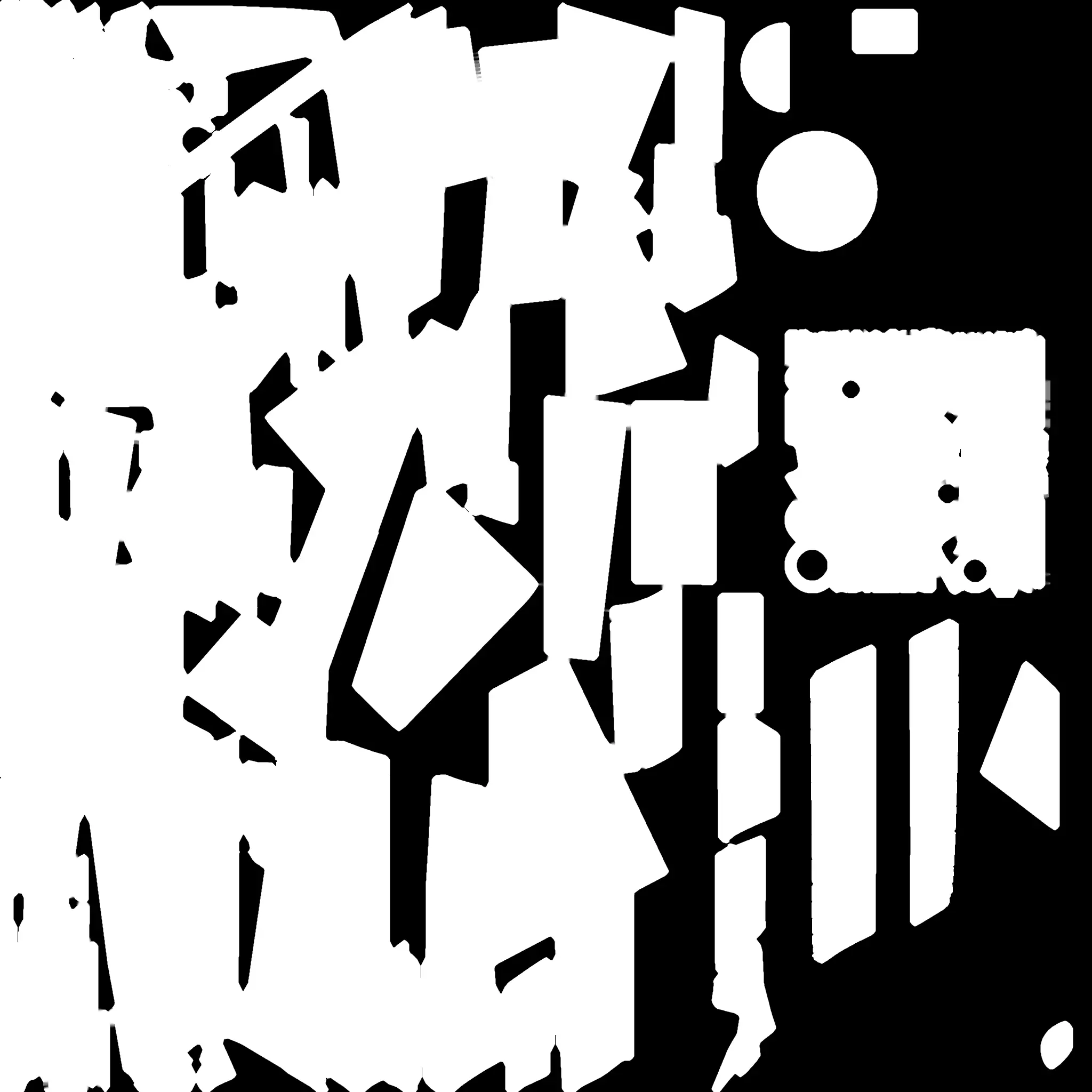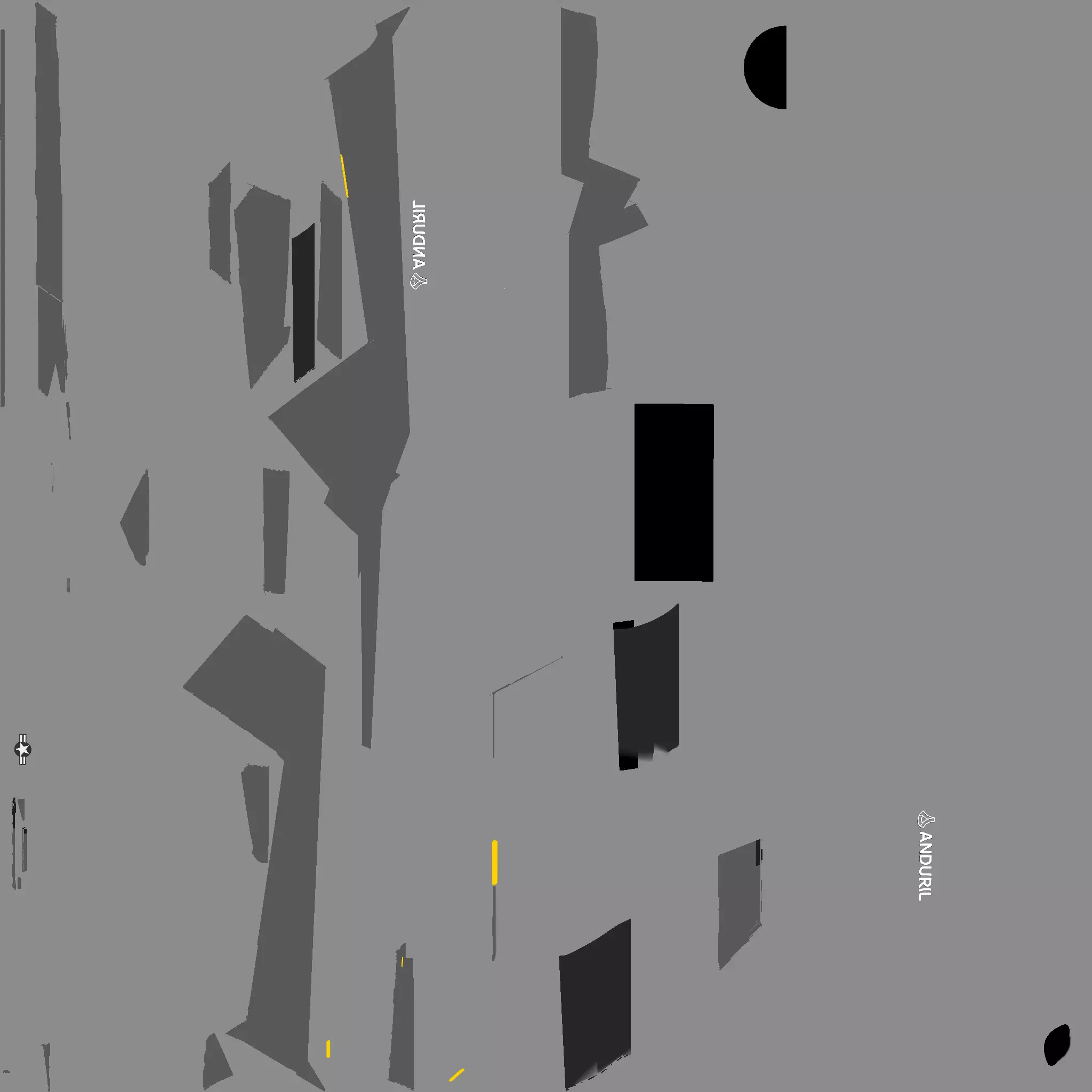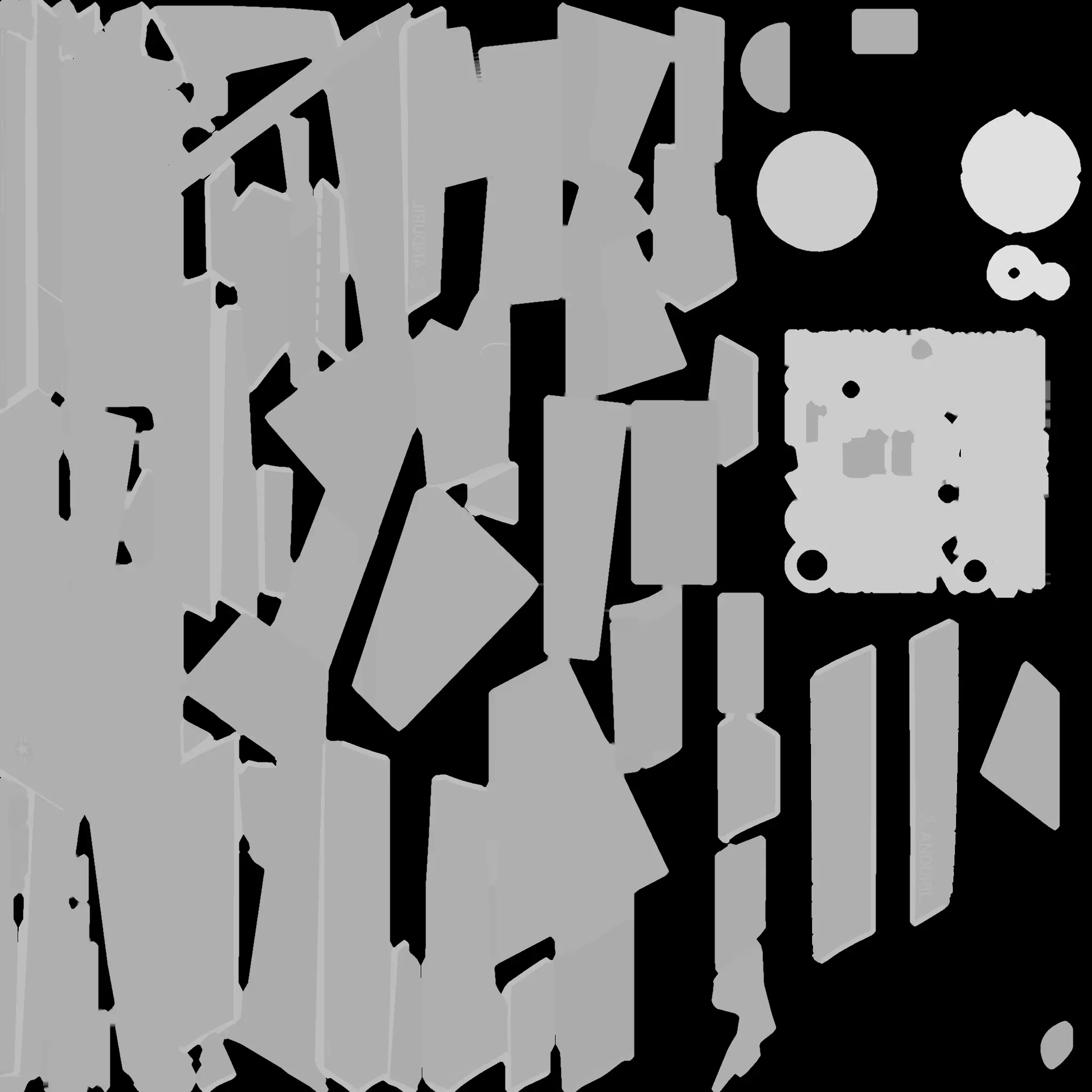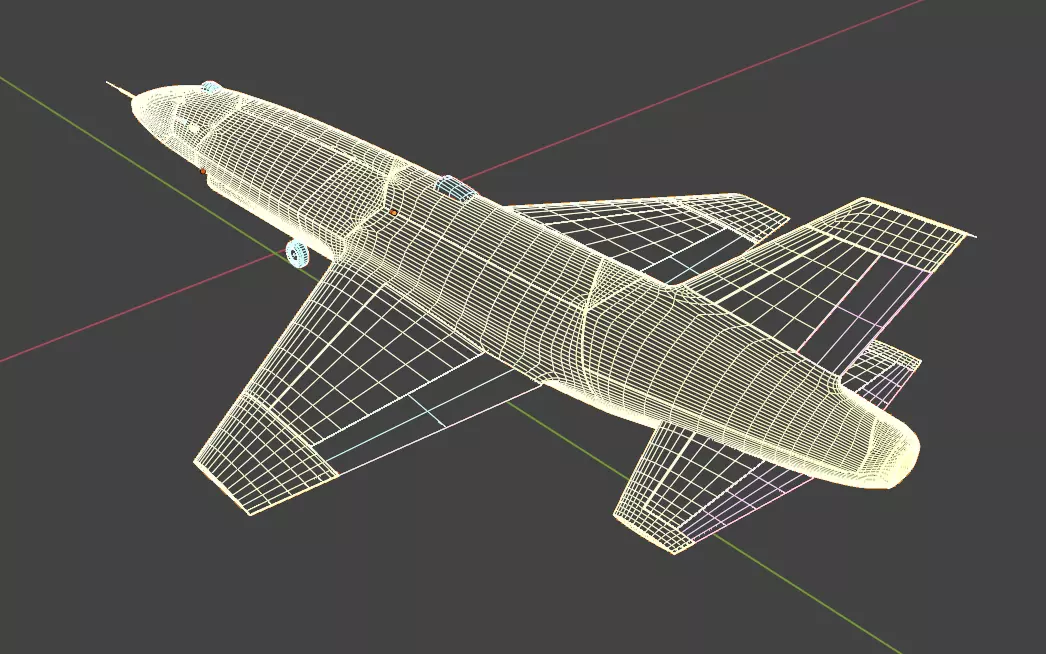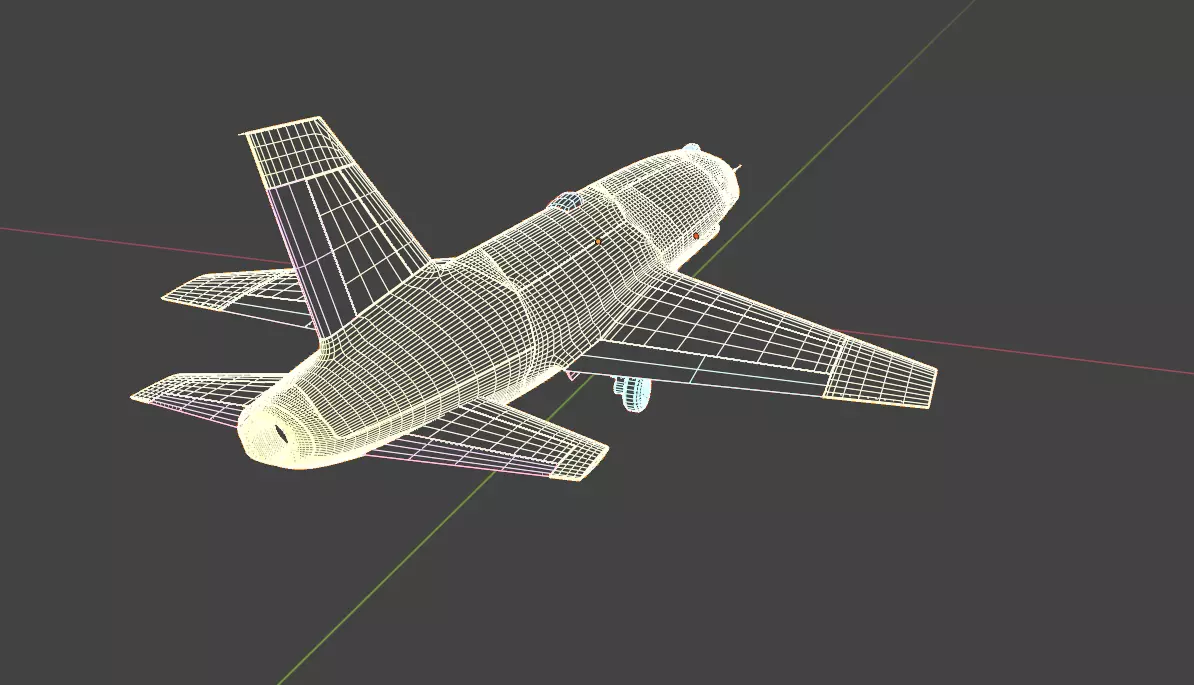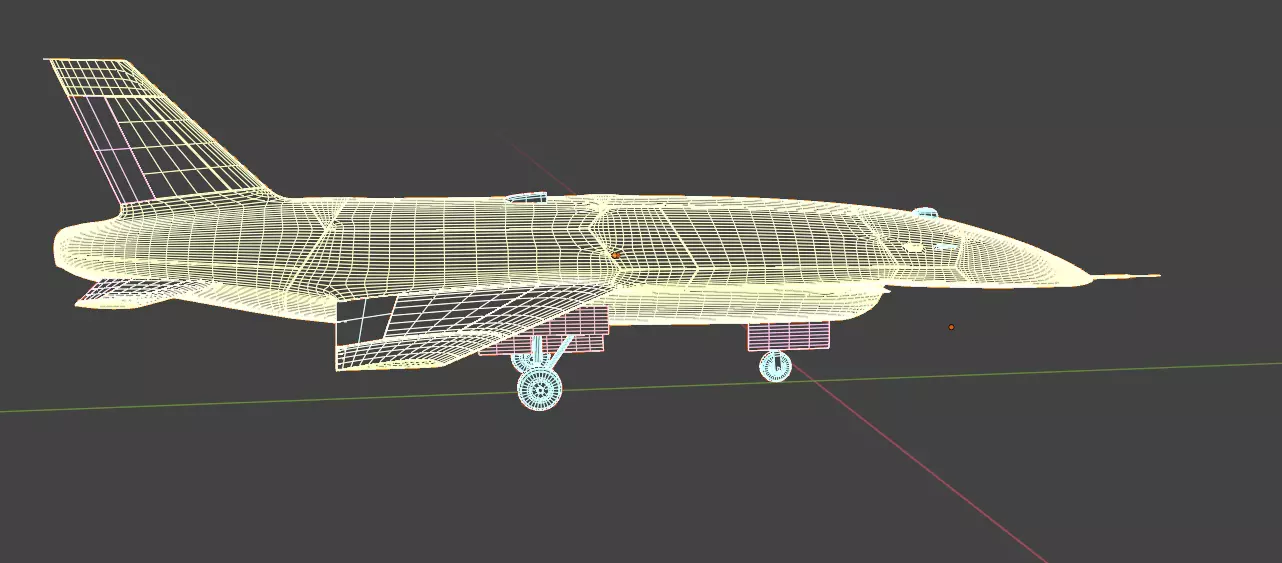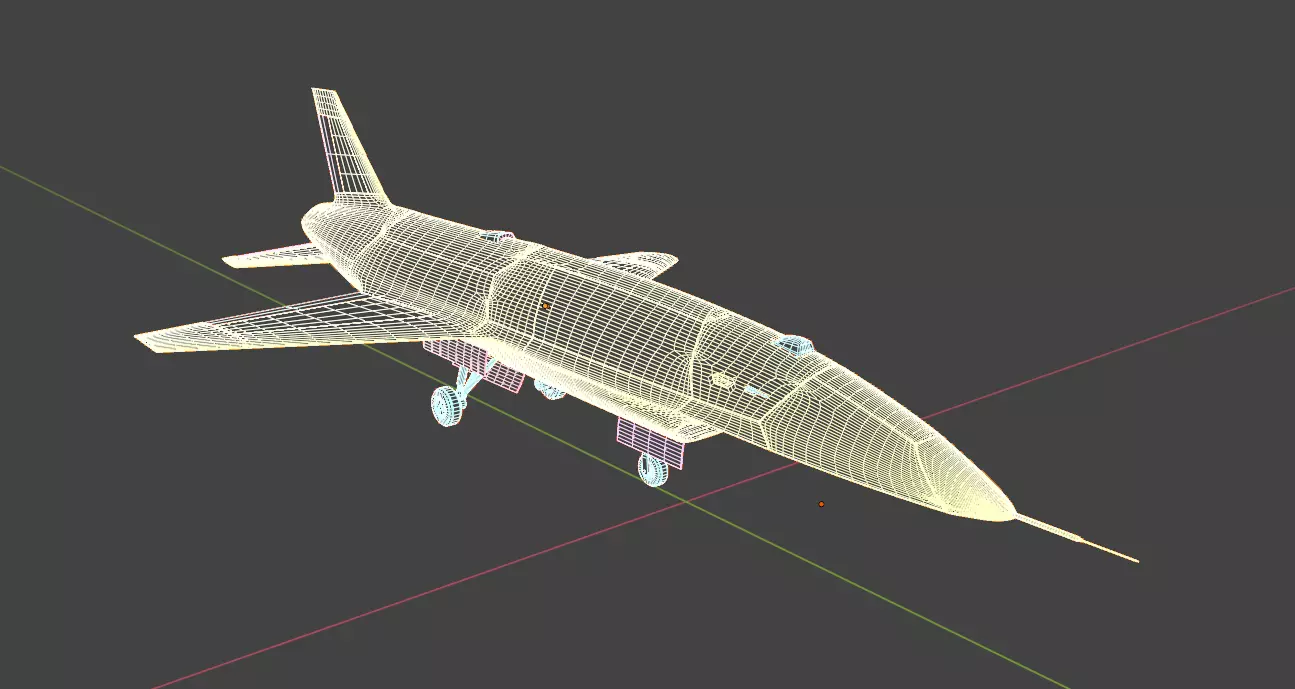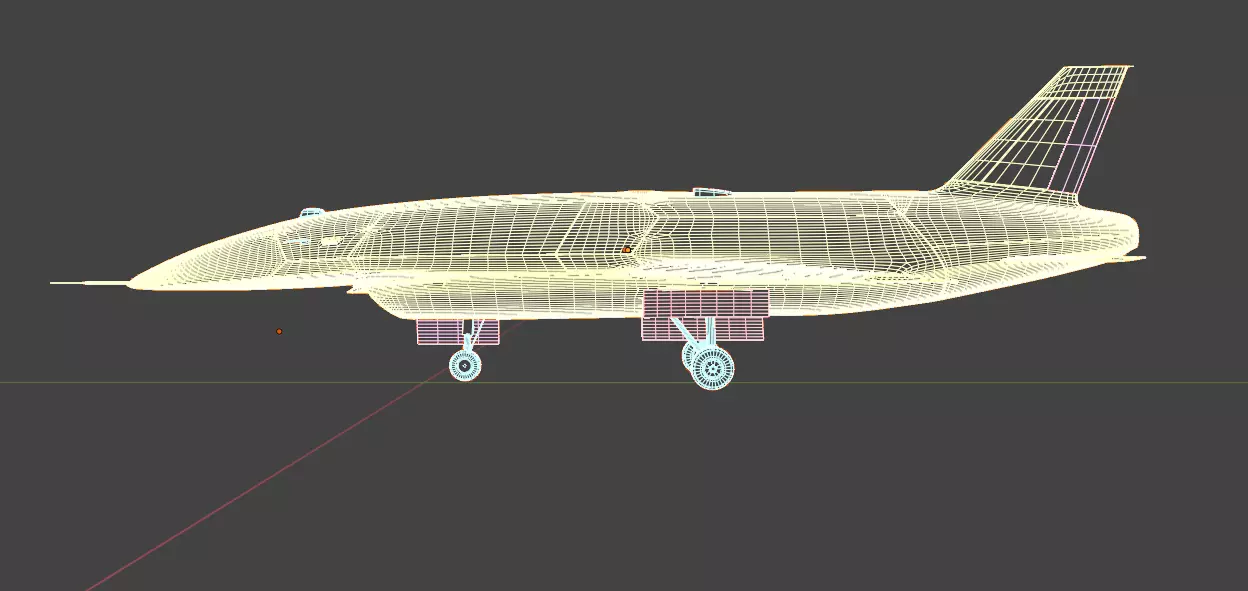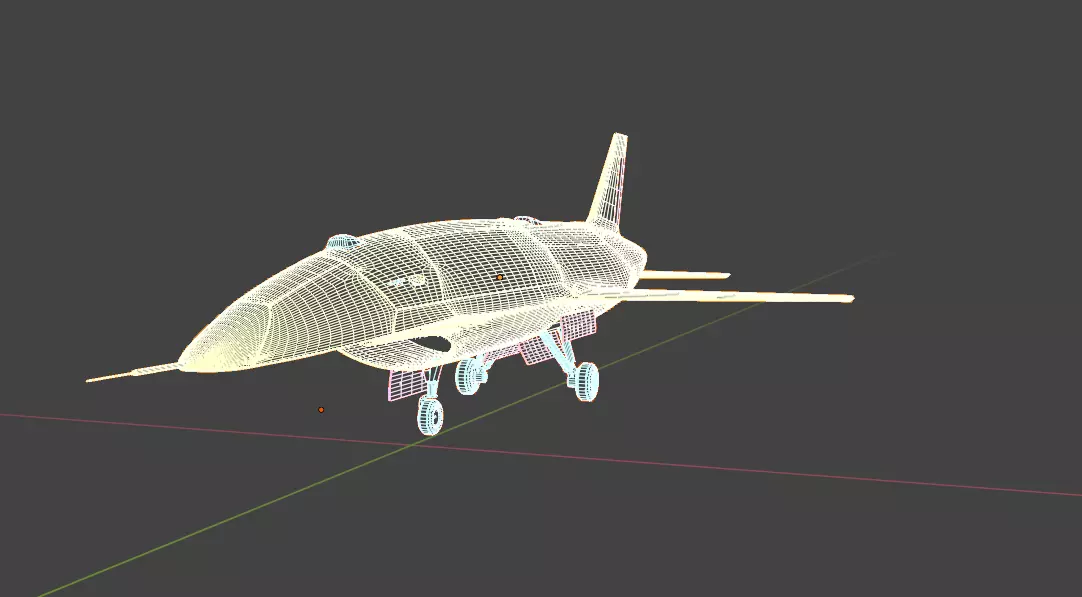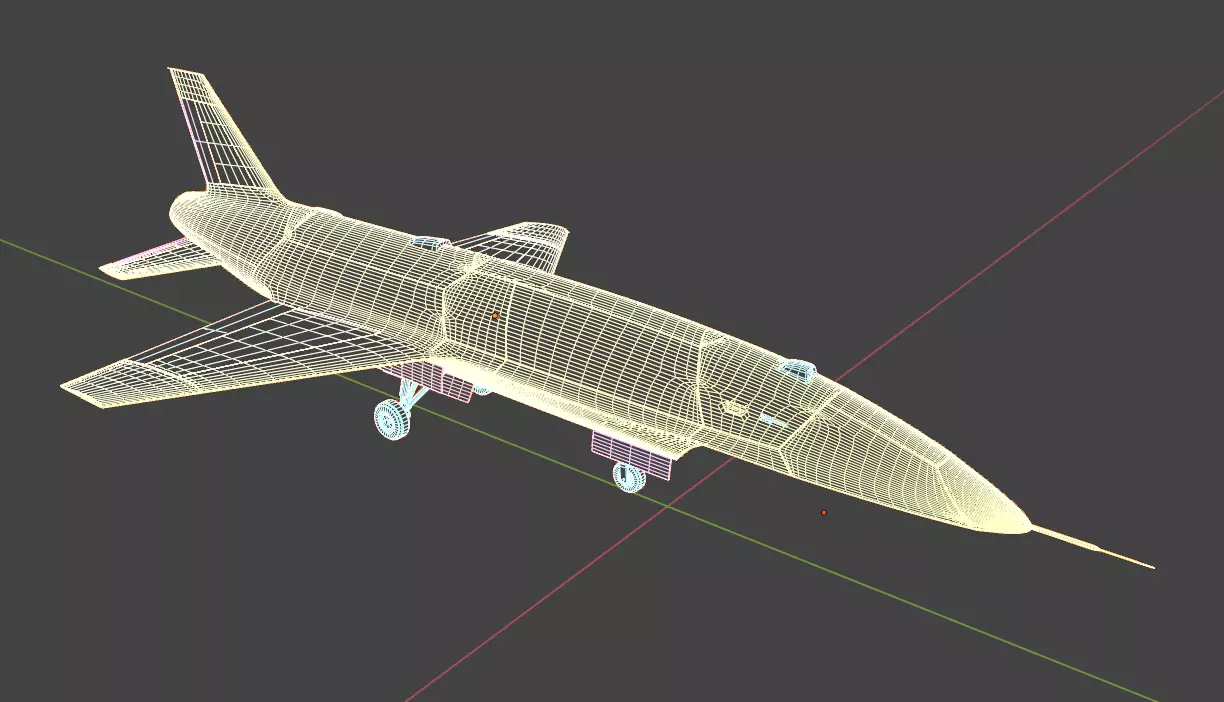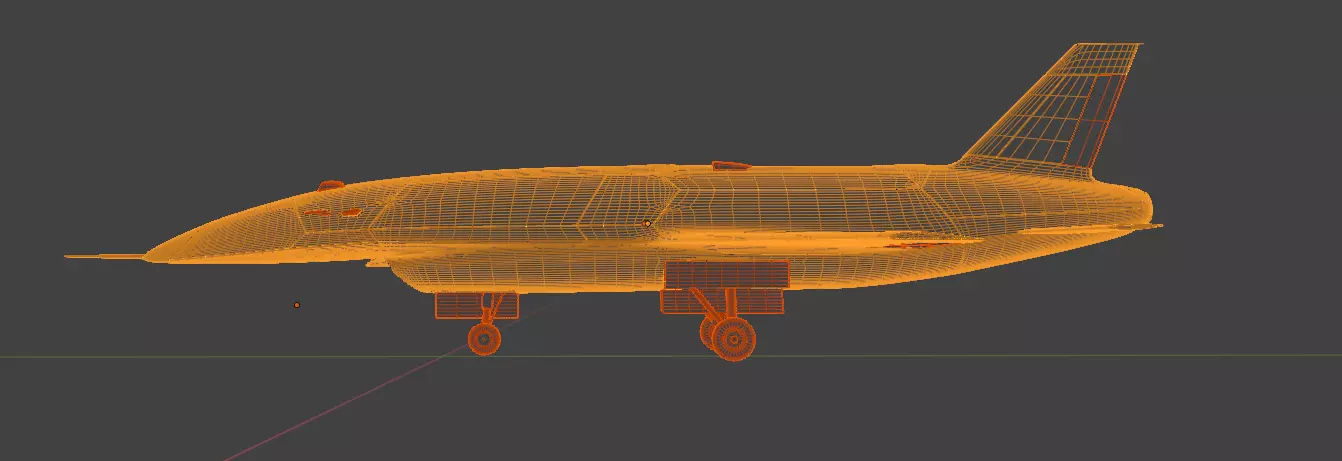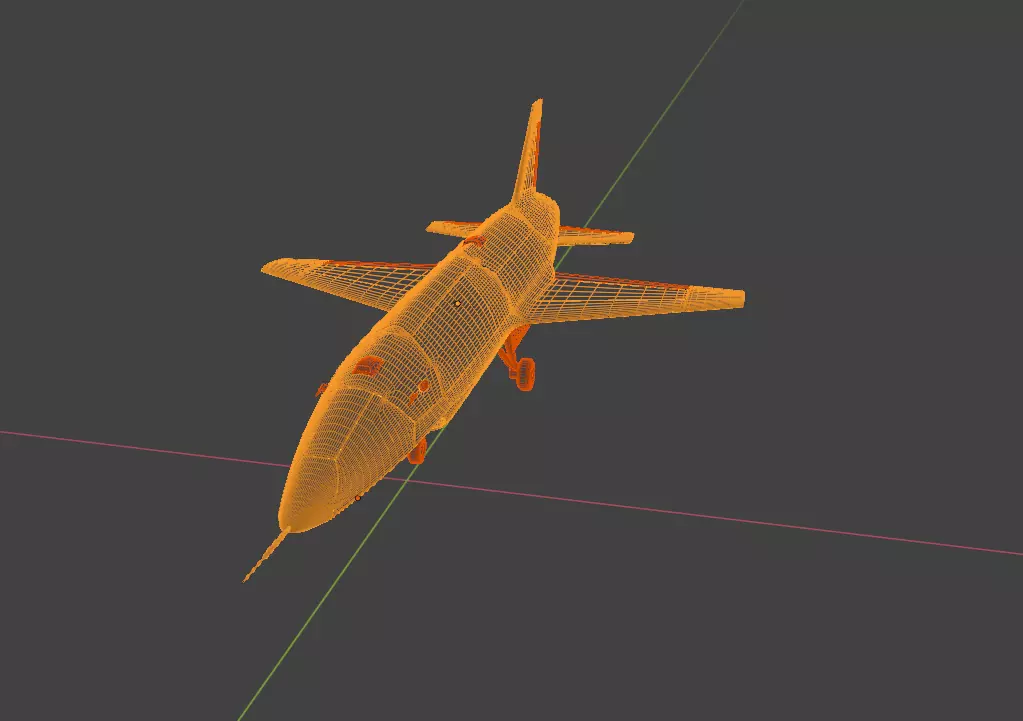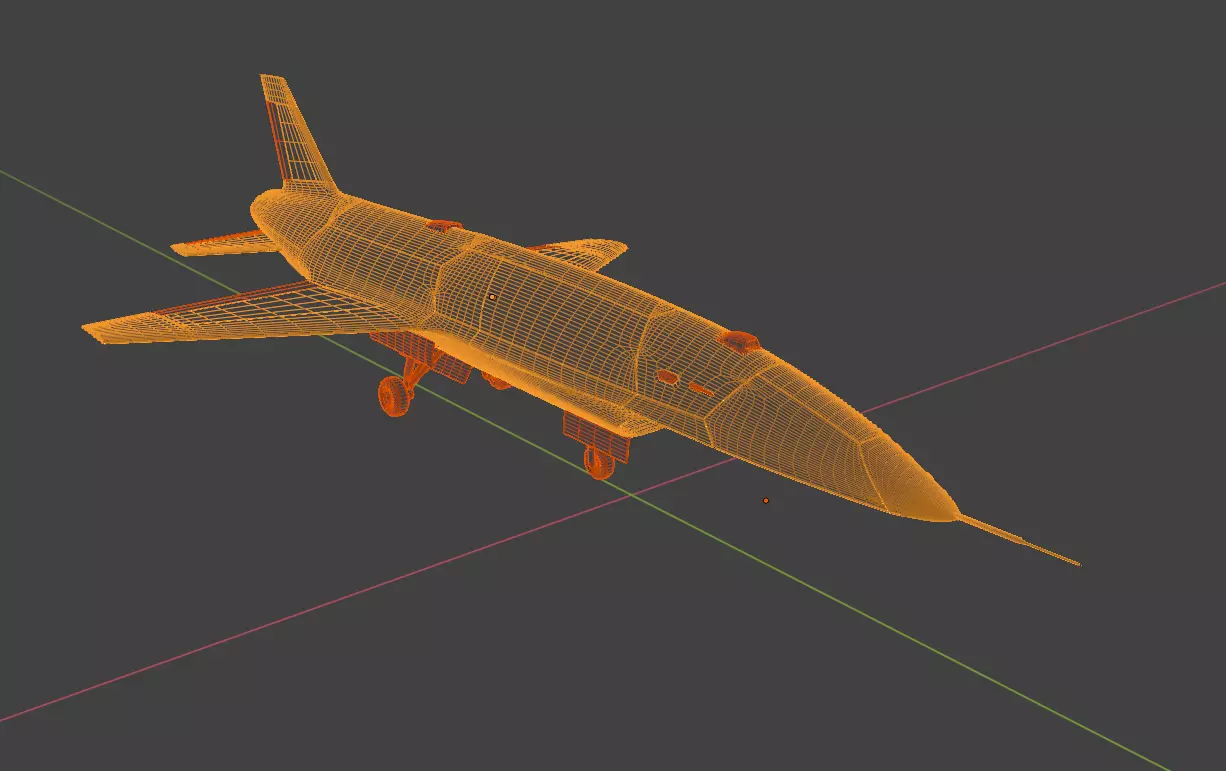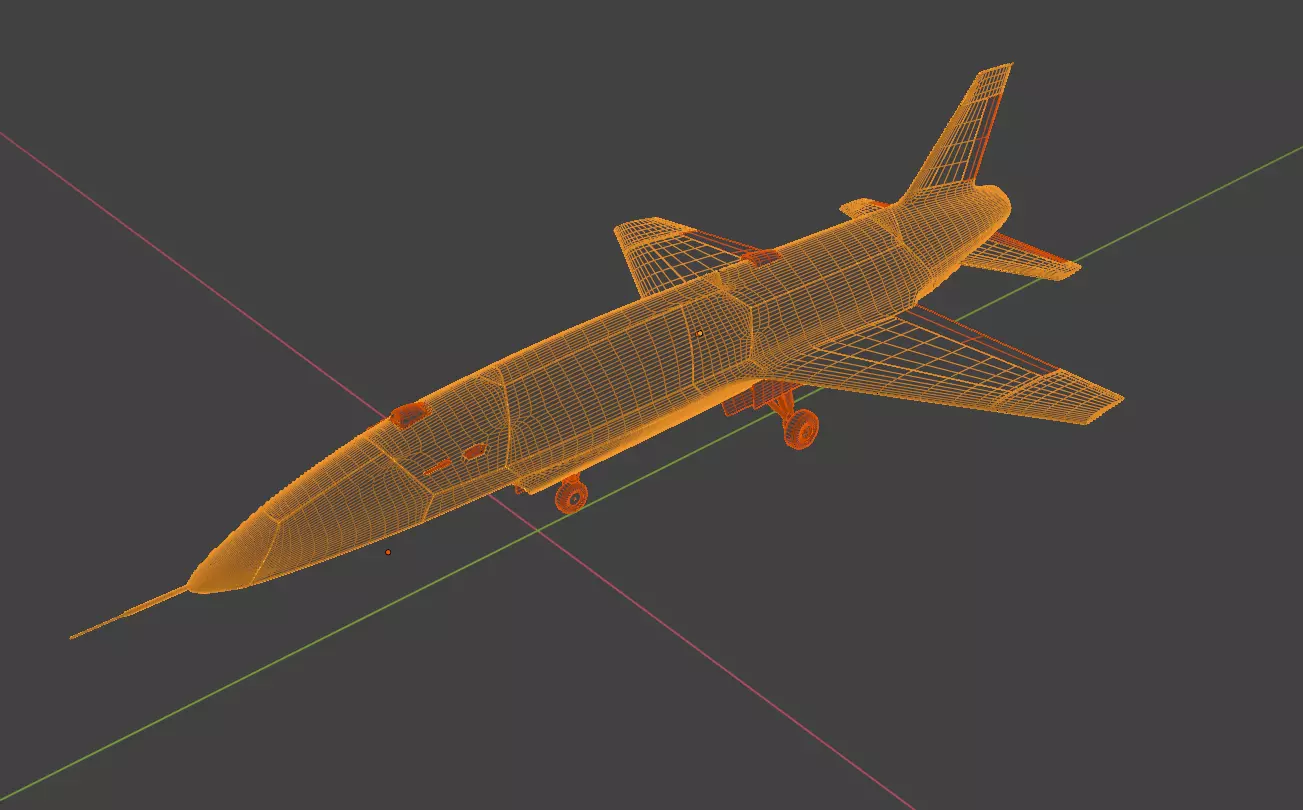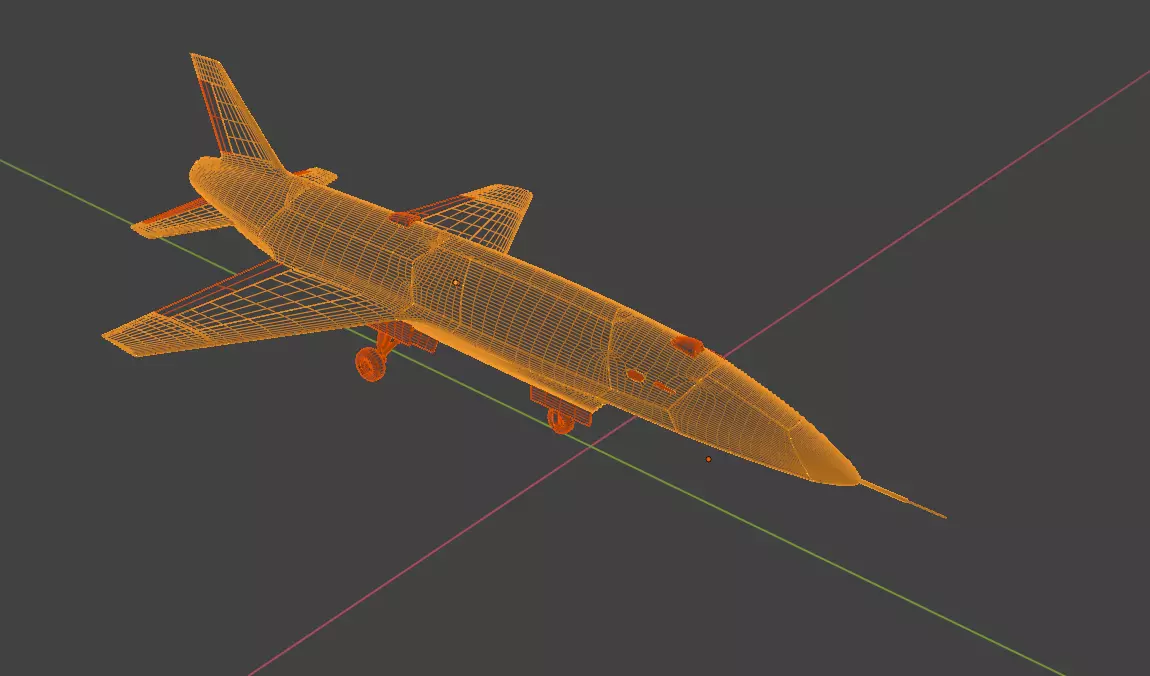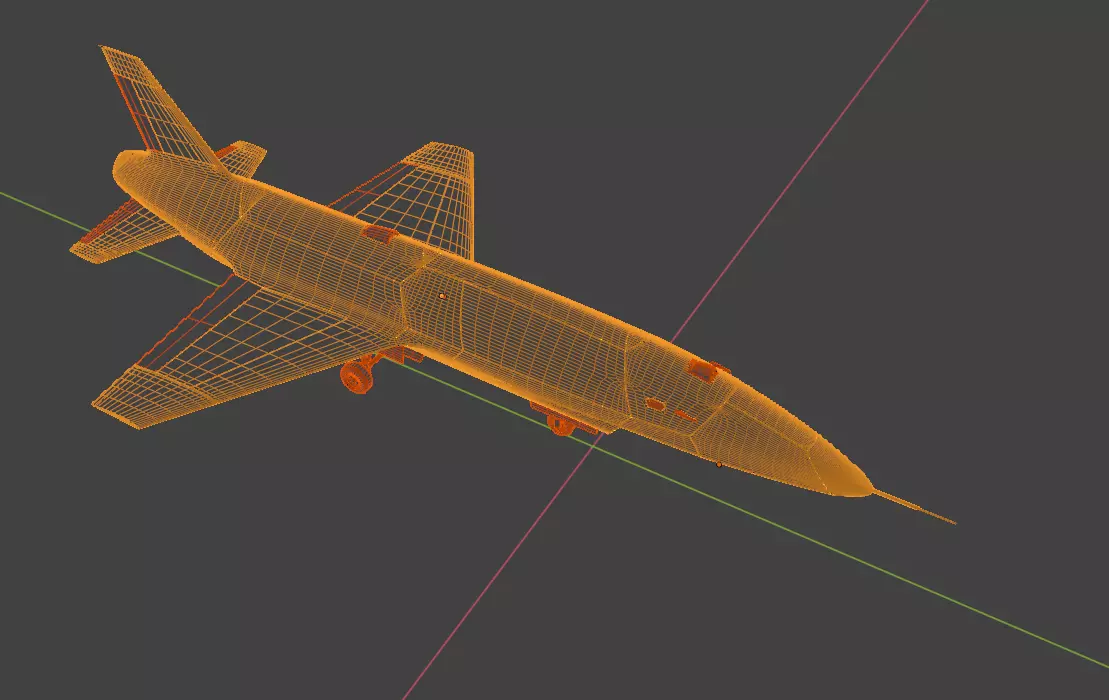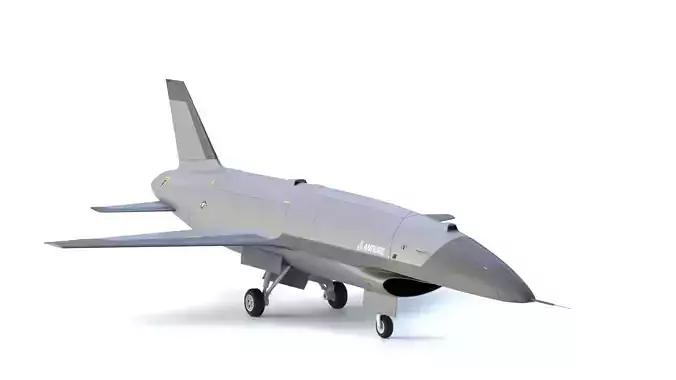
Anduril YFQ-44A FURY - The NEXT GENERATION FIGHTER Drone Low-poly 3D model
Perfect for use in games and simulation projects.
The Anduril YFQ-44 Fury is a next-generation unmanned combat aerial vehicle (UCAV) developed as part of the U.S. Air Force's Collaborative Combat Aircraft (CCA) program. It is designed to operate as a “loyal wingman,” flying in coordination with crewed aircraft such as the F-22 Raptor, F-35 Lightning II, and the future Next Generation Air Dominance (NGAD) platform. The Fury is engineered to perform a range of missions including reconnaissance, electronic warfare, and strike operations, either independently or in coordination with human pilots.
The aircraft measures roughly half the size of an F-16, making it smaller and more agile while remaining large enough to carry mission-relevant payloads. It uses a Williams FJ44-4M turbofan engine, a commercial business jet engine adapted for military use, which provides approximately 4,000 pounds of thrust. The Fury can reach a top speed of Mach 0.95 and operate at altitudes up to 50,000 feet. Its flight envelope allows for up to 9g maneuvers, with a sustained capability of 4.5g at 20,000 feet. The maximum takeoff weight is around 5,000 pounds.
The design includes swept trapezoidal wings, a cruciform tail configuration, and a chin-mounted air inlet. These features contribute to a balance between aerodynamic efficiency, performance, and manufacturability. The aircraft does not rely on internal weapons bays; instead, it uses external hardpoints to mount mission-specific payloads such as electronic sensors, electro-optical/infrared (EO/IR) systems, or munitions. The payload architecture is modular, allowing for rapid reconfiguration depending on mission requirements.
One of the defining characteristics of the Fury is its emphasis on low-cost, scalable production. The airframe and systems are built with commercial off-the-shelf components where possible, including its engine, avionics, and landing gear. The structure and subsystems are designed to be manufactured using existing machine shops and supply chains in the United States, reducing reliance on specialized manufacturing.
Operationally, the Fury is intended to conduct semi-autonomous missions. It can fly pre-programmed routes, respond to mission updates in real time, and make tactical decisions without direct pilot control. The aircraft is equipped with secure communications systems for coordination with manned platforms and other uncrewed systems, enabling it to function as part of a distributed network of sensors and shooters.
The program entered ground testing in May 2025 at Beale Air Force Base, and its first flight is scheduled for mid-to-late 2025. The YFQ-44 was selected as one of two winning prototypes for CCA Increment 1, alongside the General Atomics YFQ-42. The Air Force plans to procure between 100 and 150 units as part of the initial operational capability phase, with potential expansion in future program increments. The Fury’s selection marks a significant step toward integrating autonomous systems into frontline air combat operations.
Formats include: OBJ, FBX. Feel free to check out the other models, just click on the user name to see the complete portfolio.


